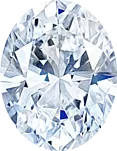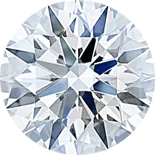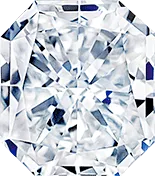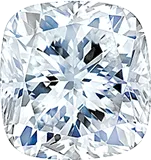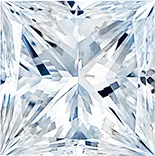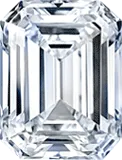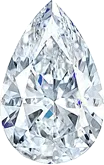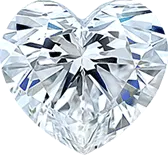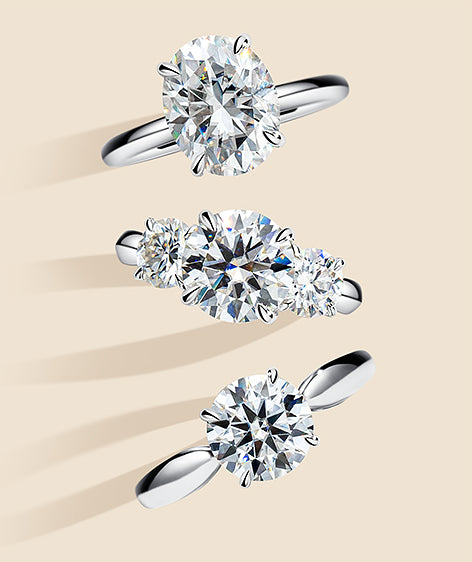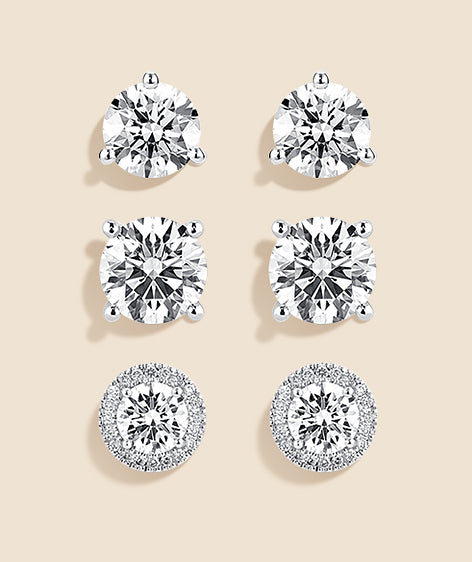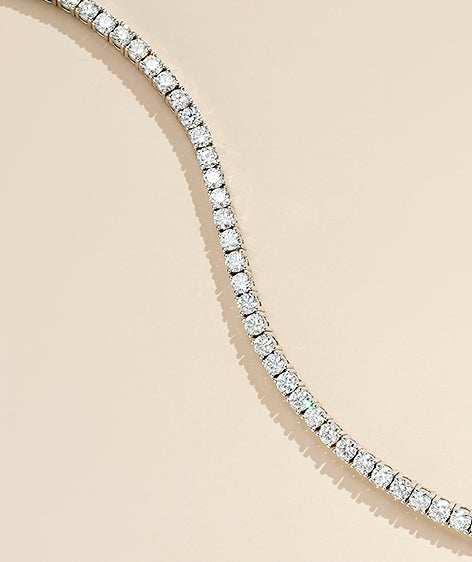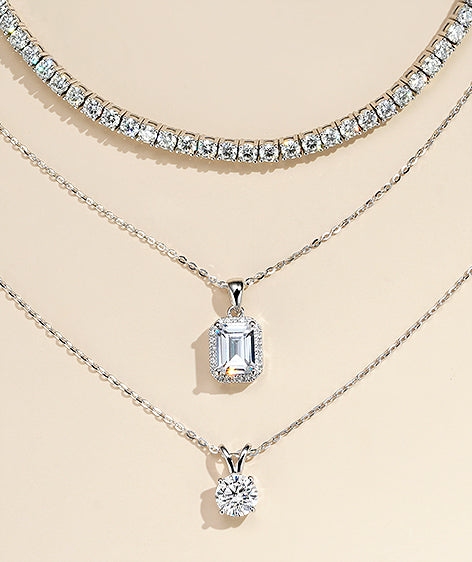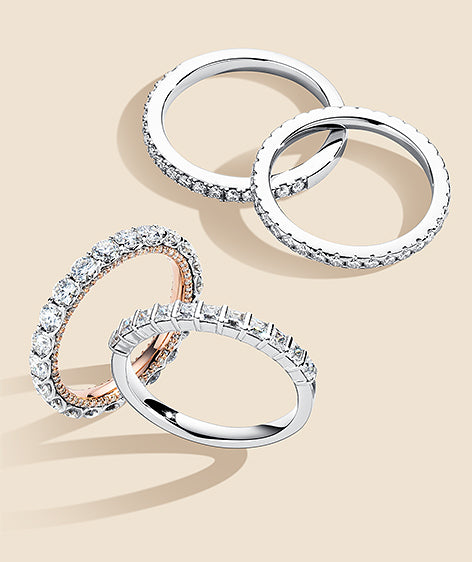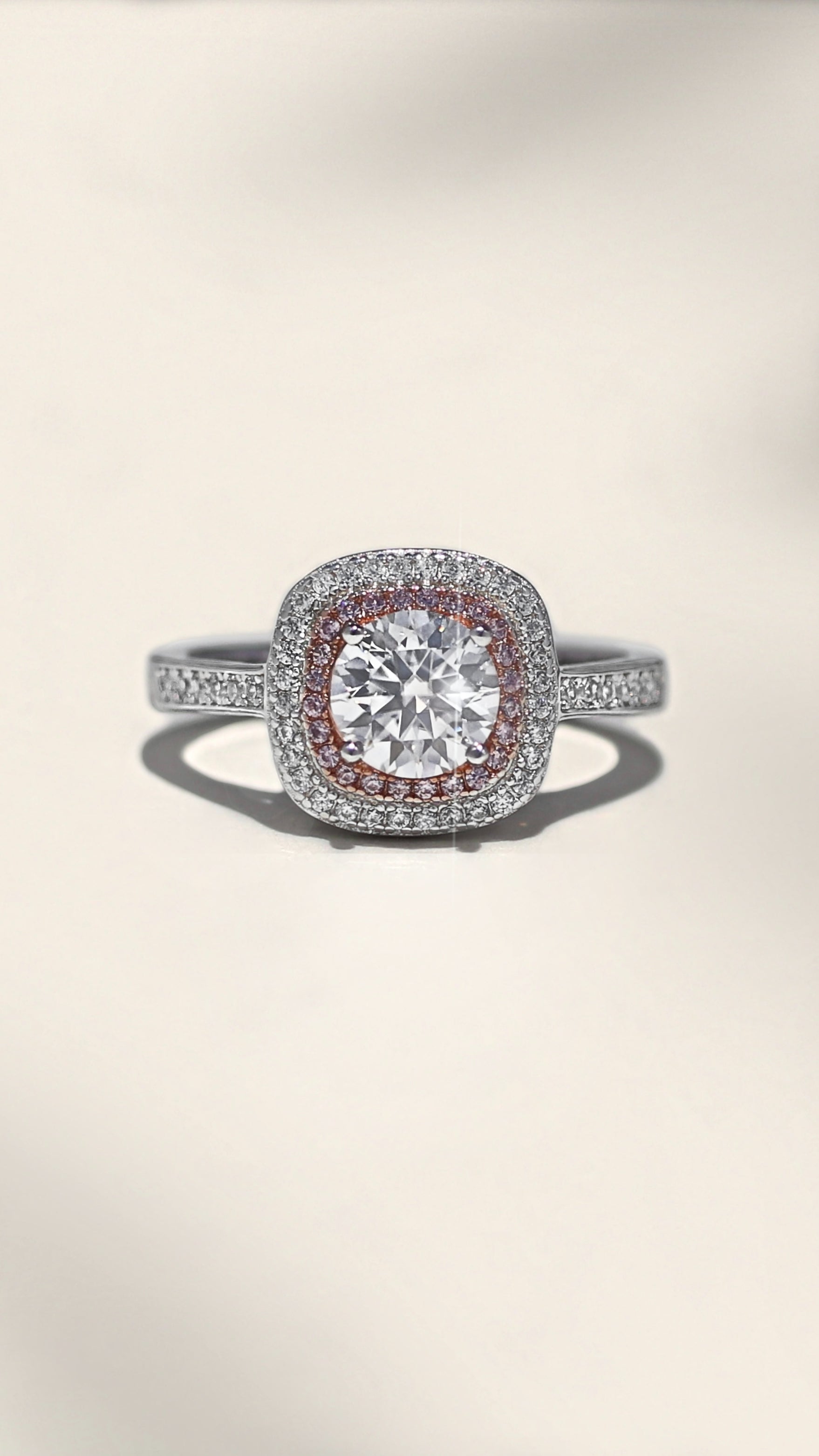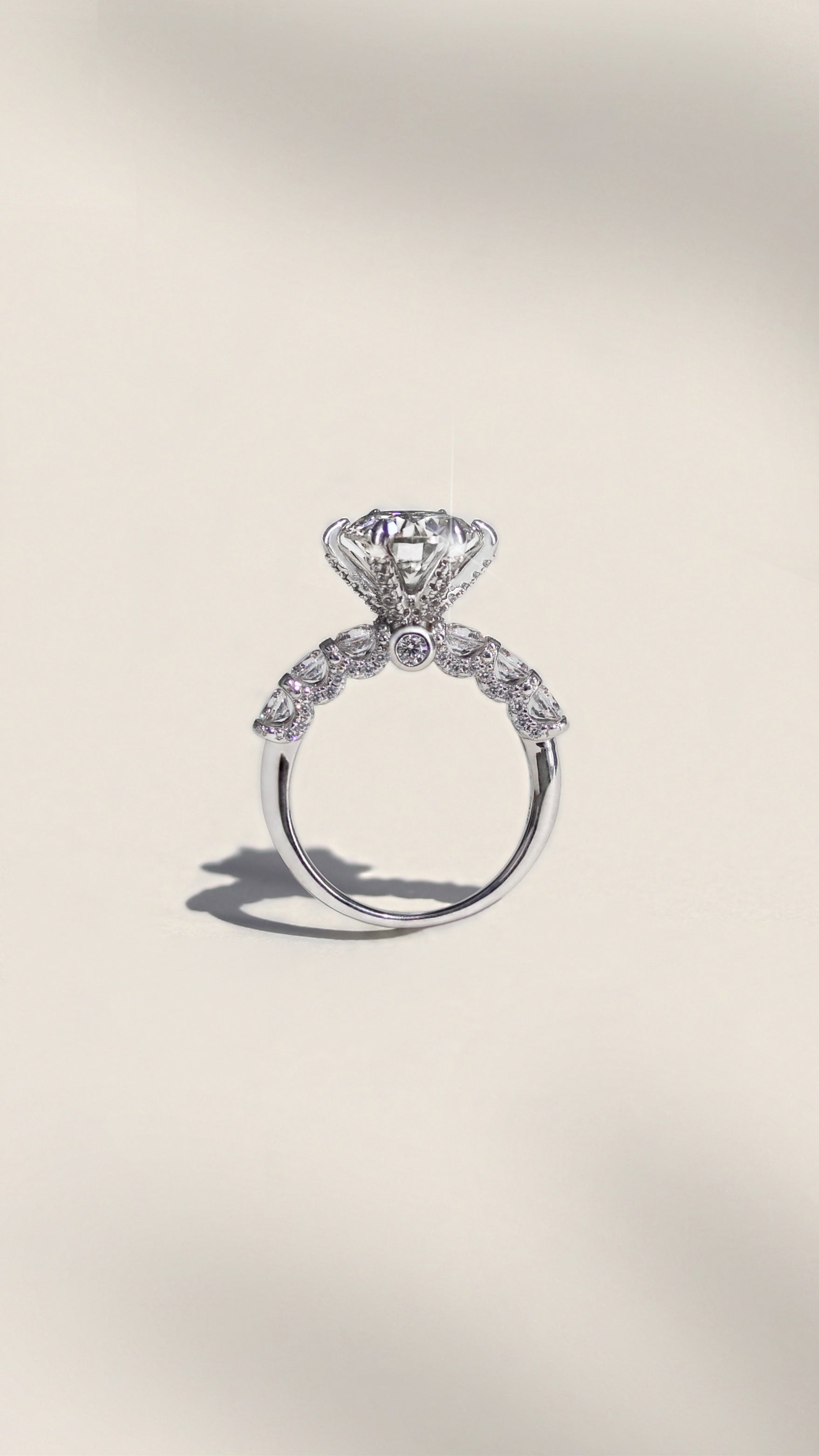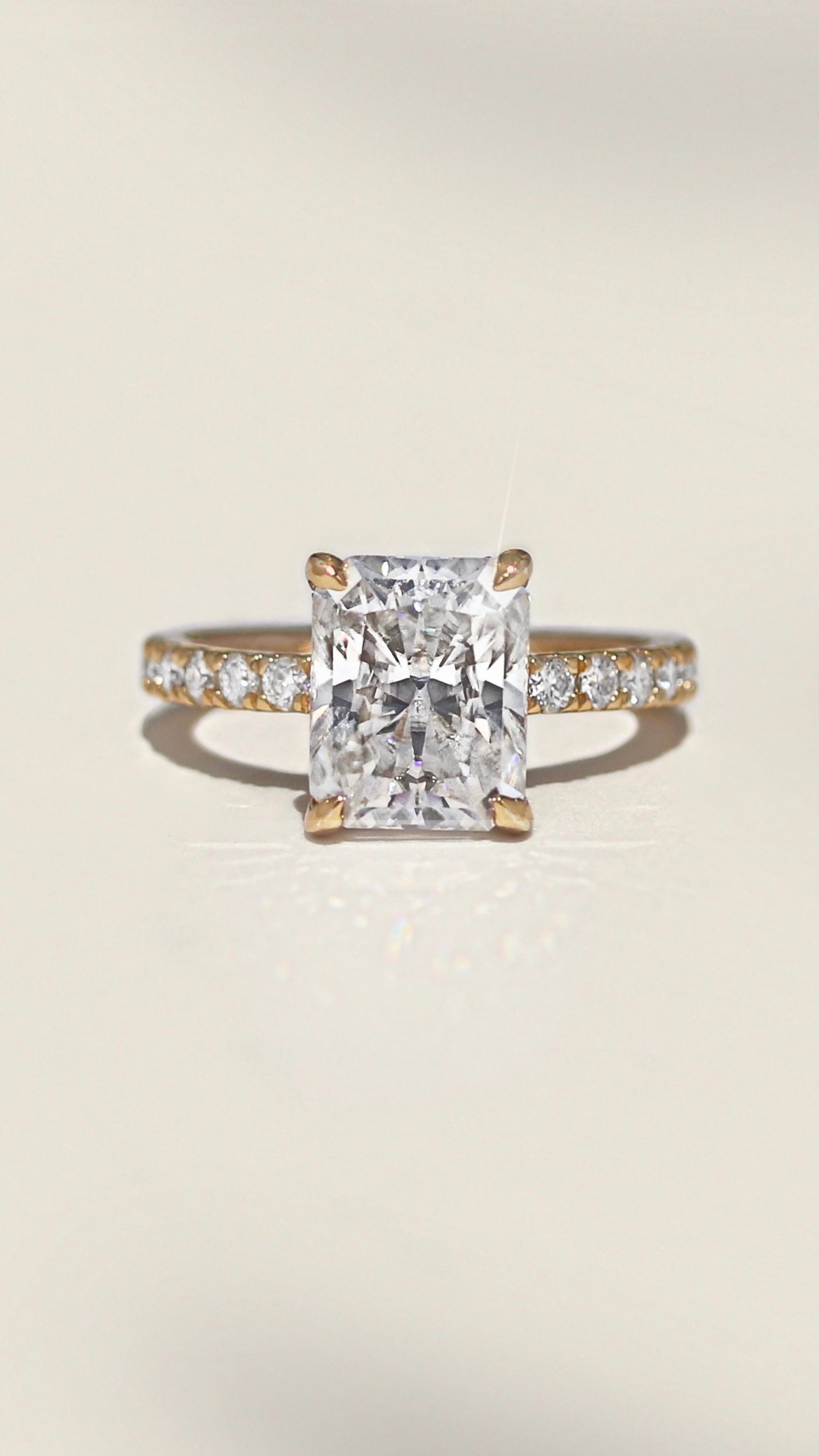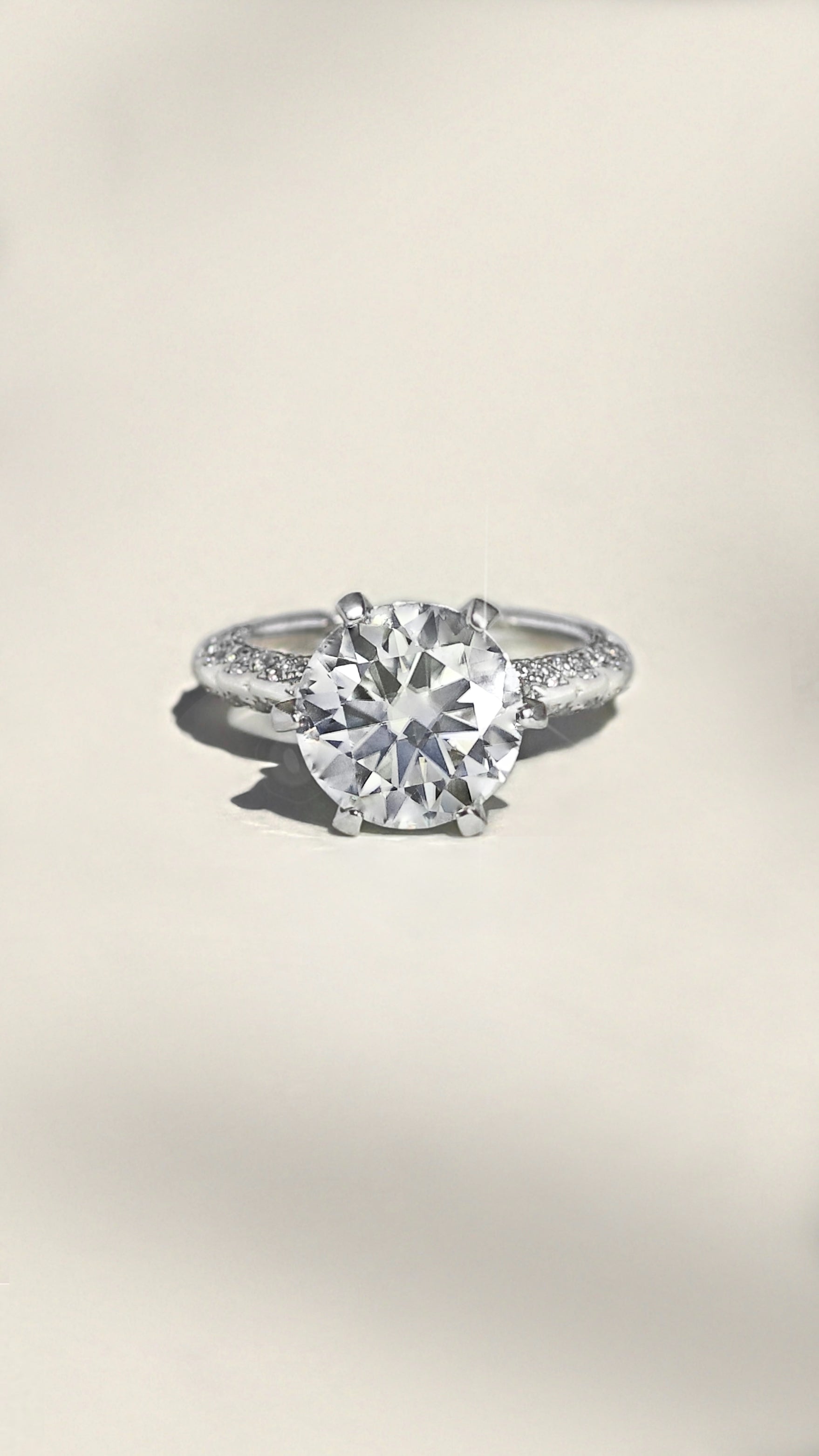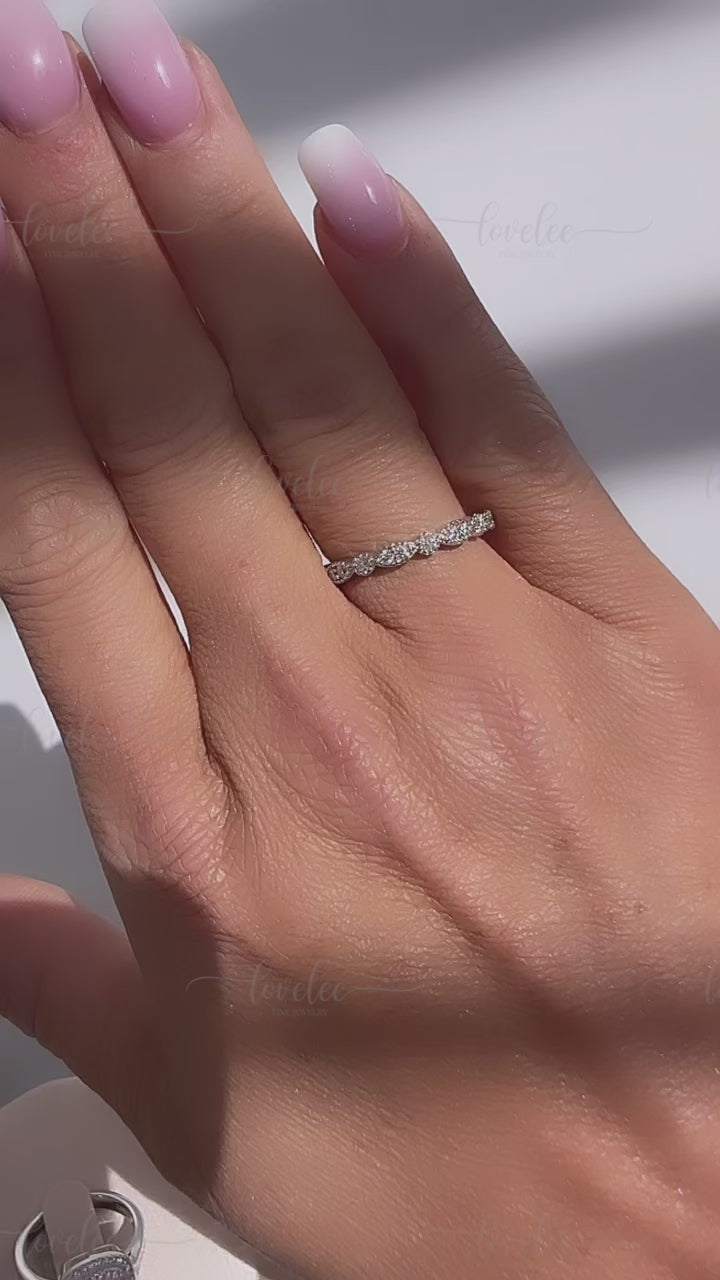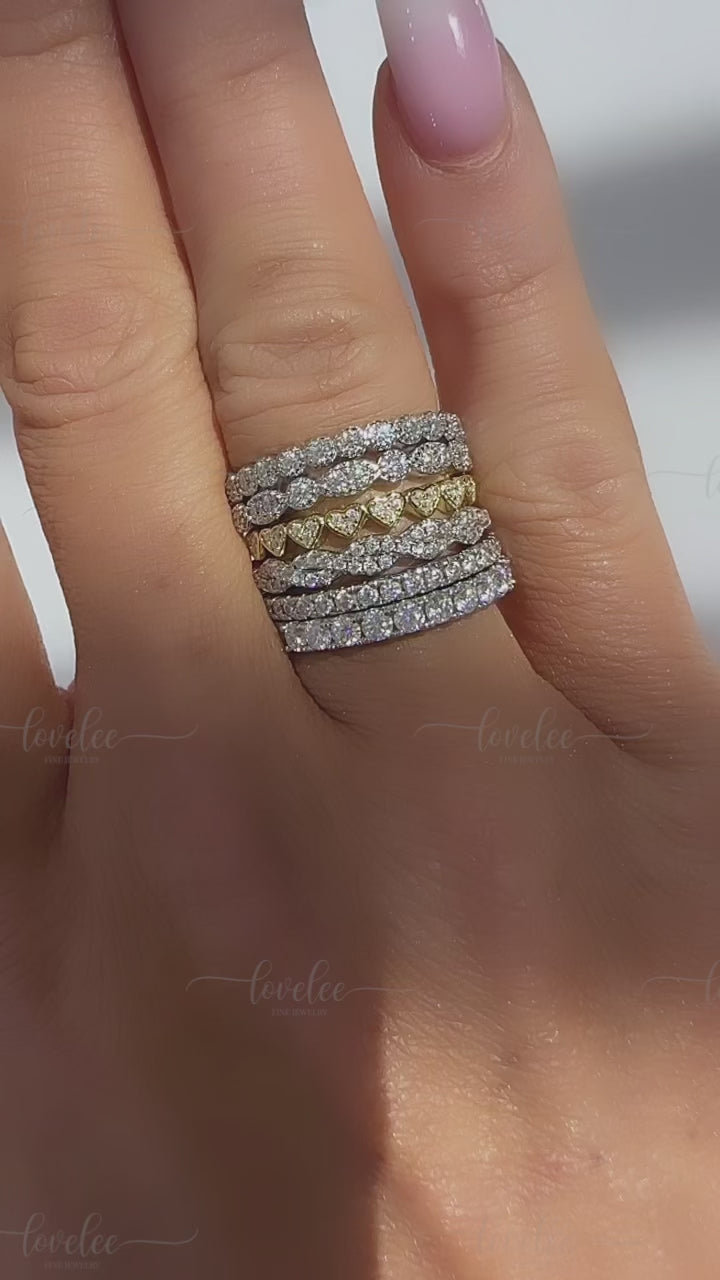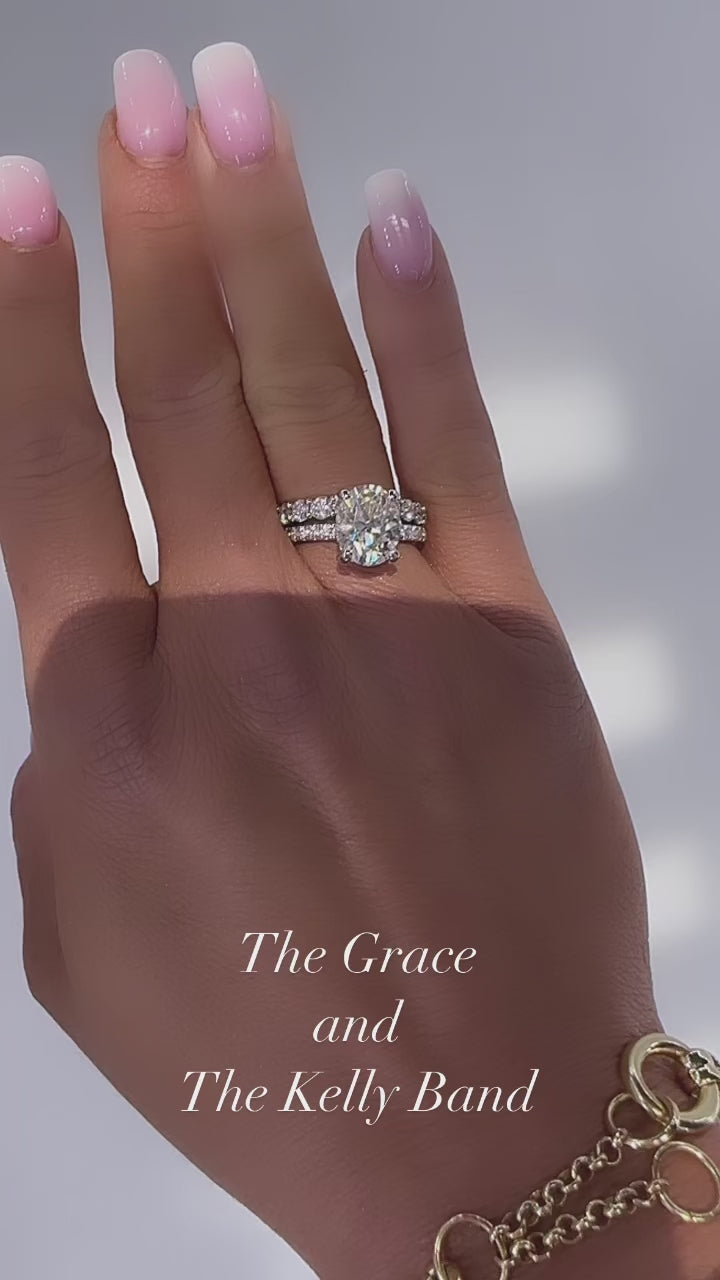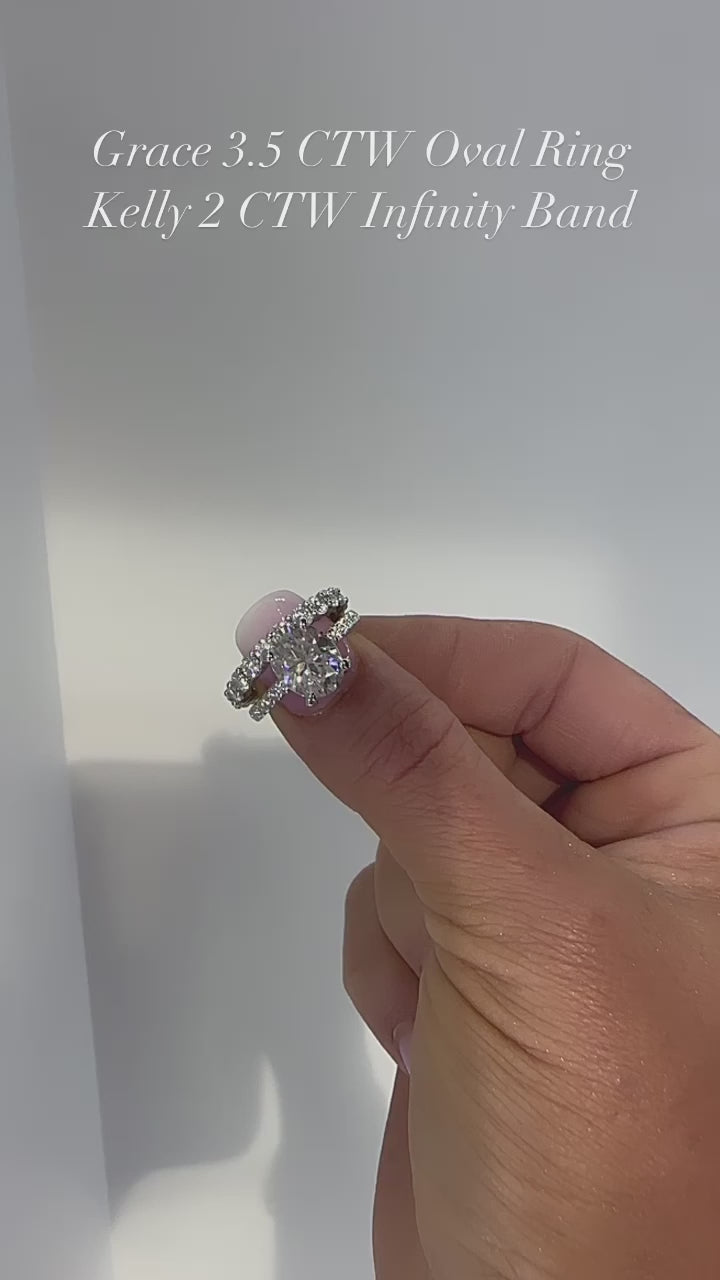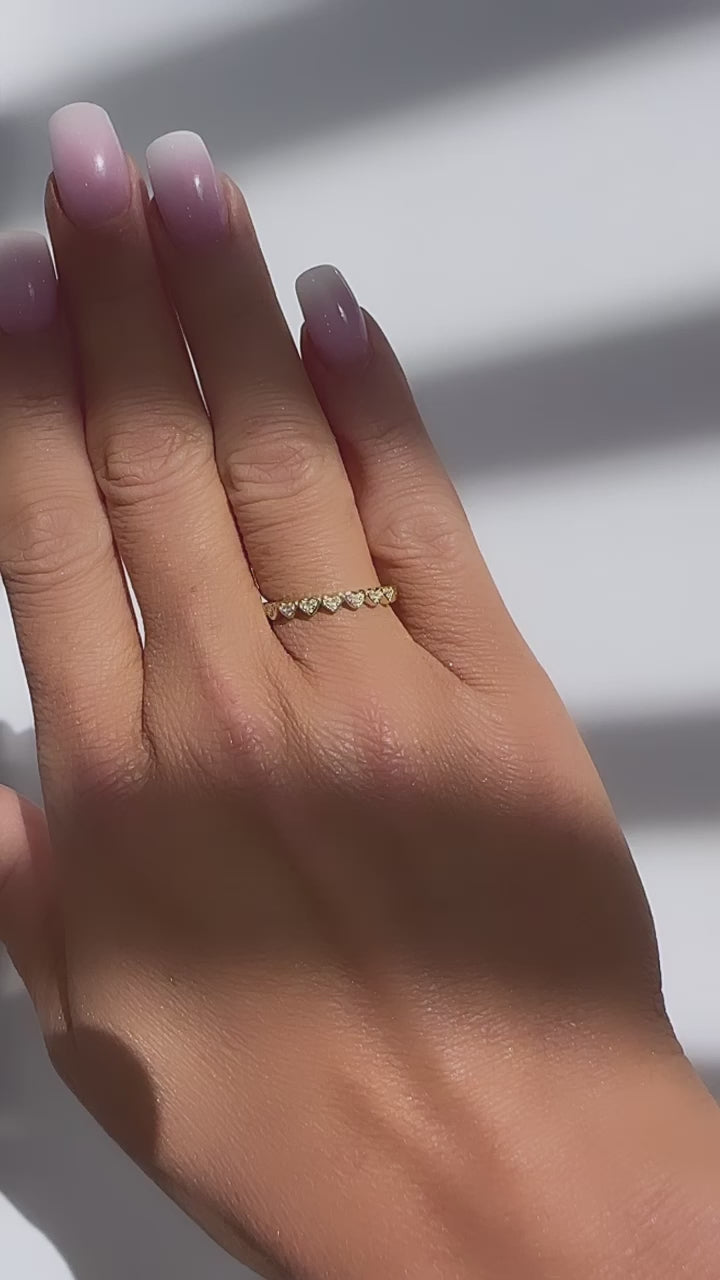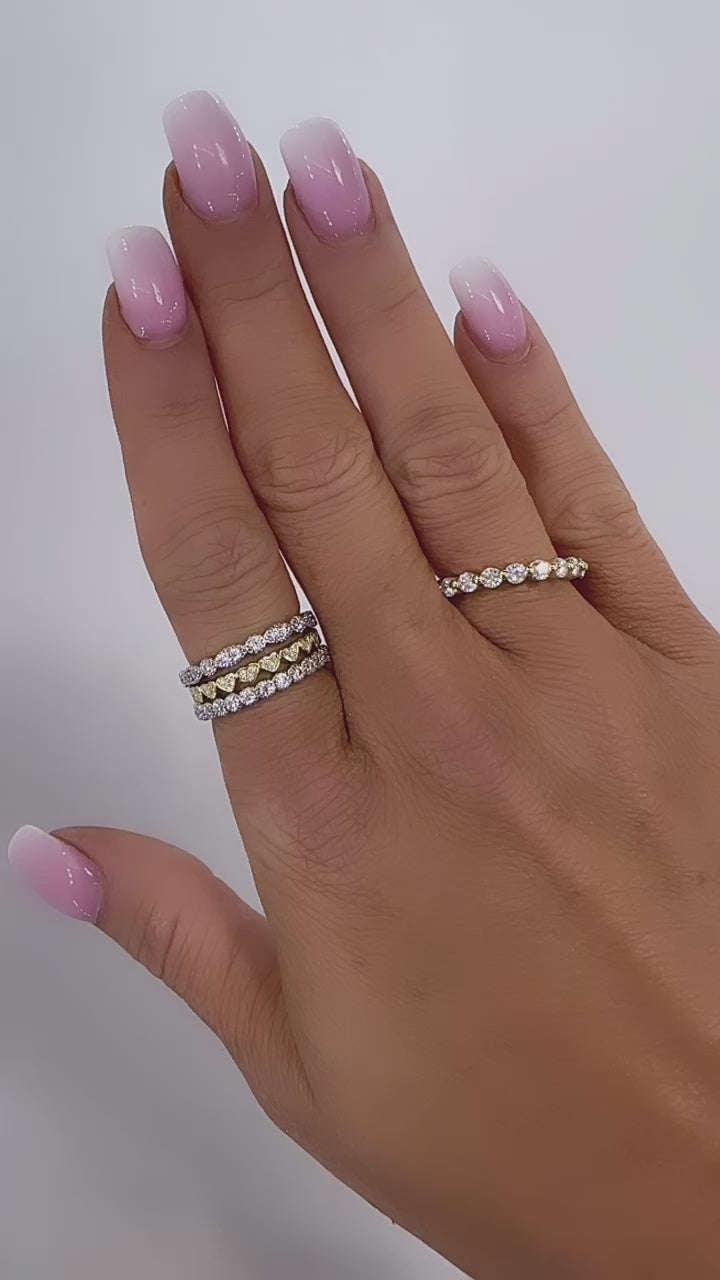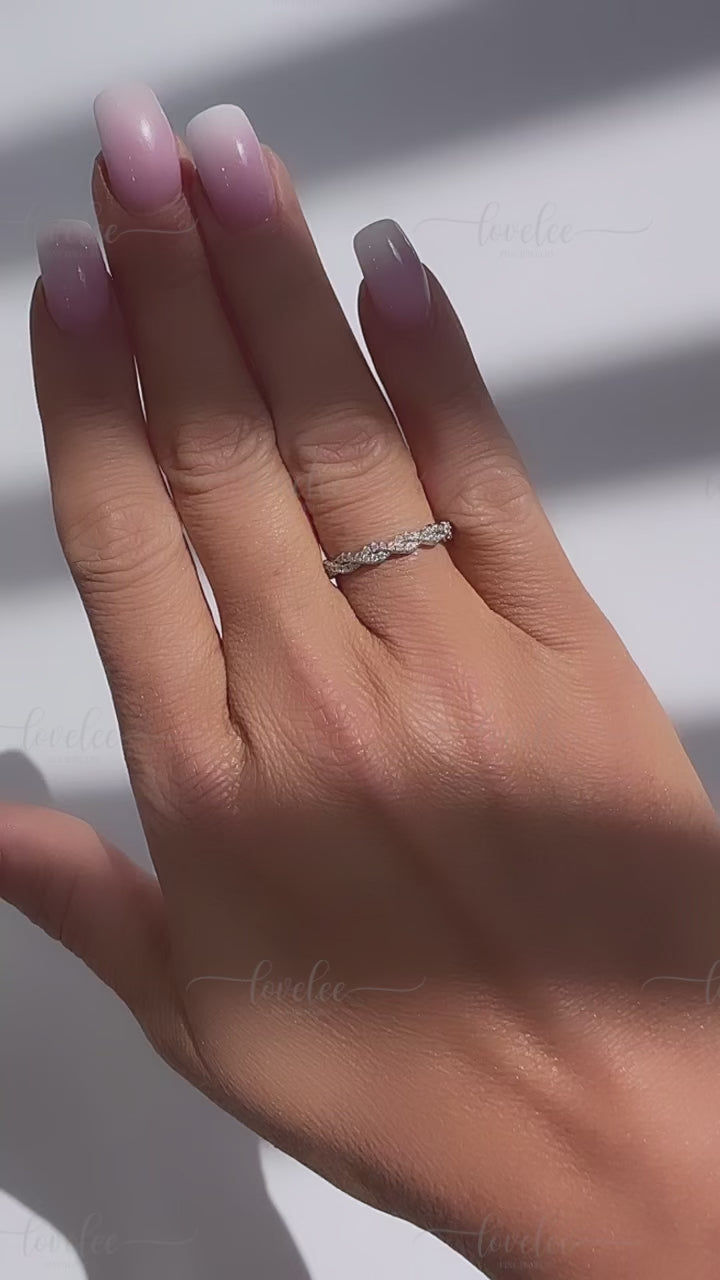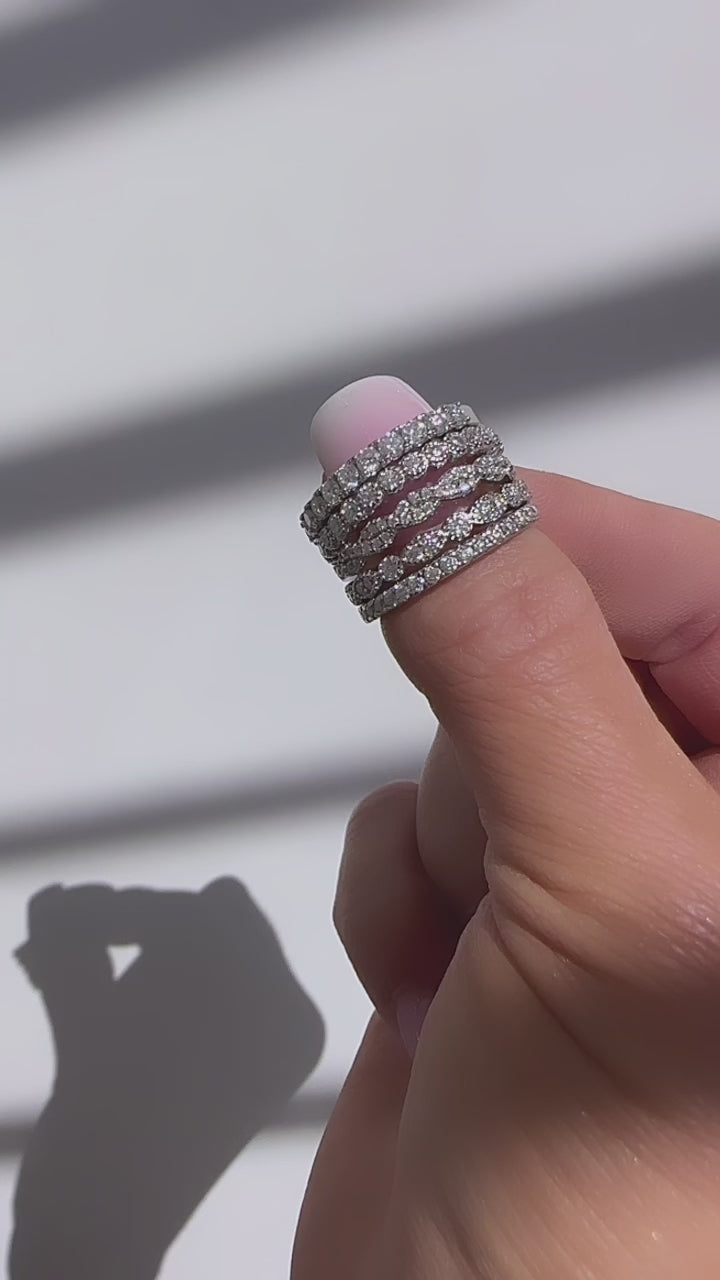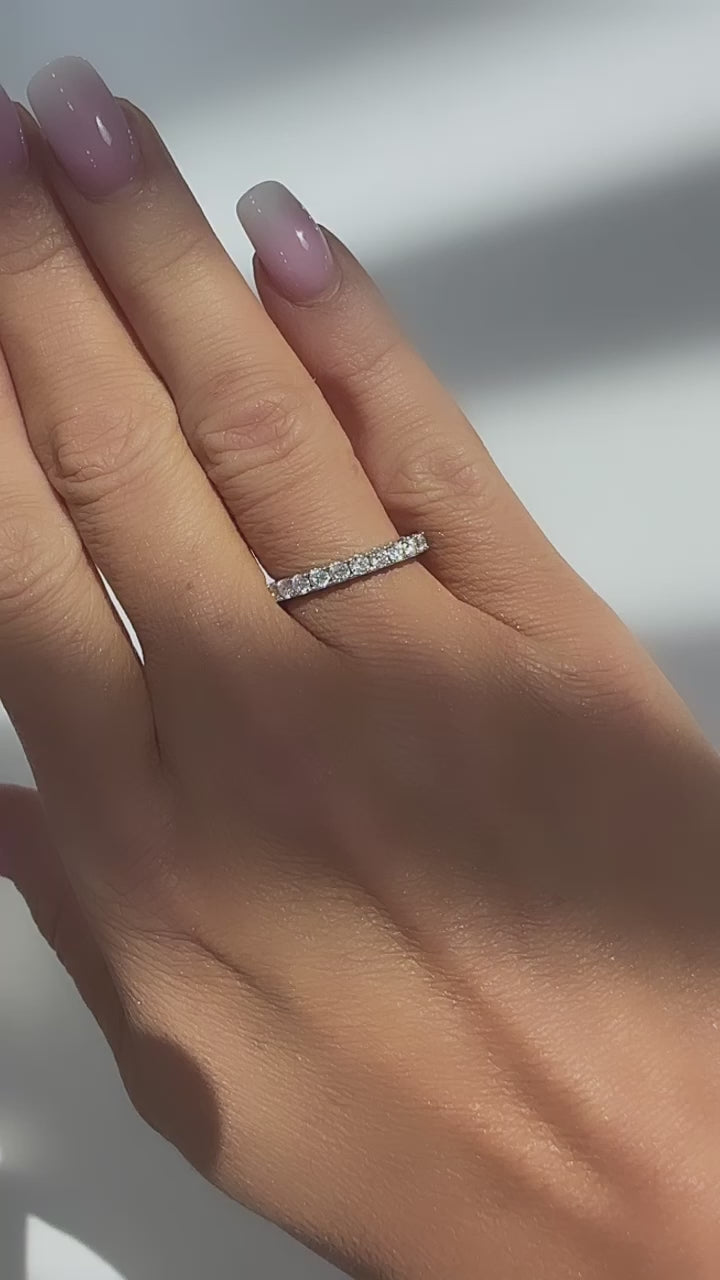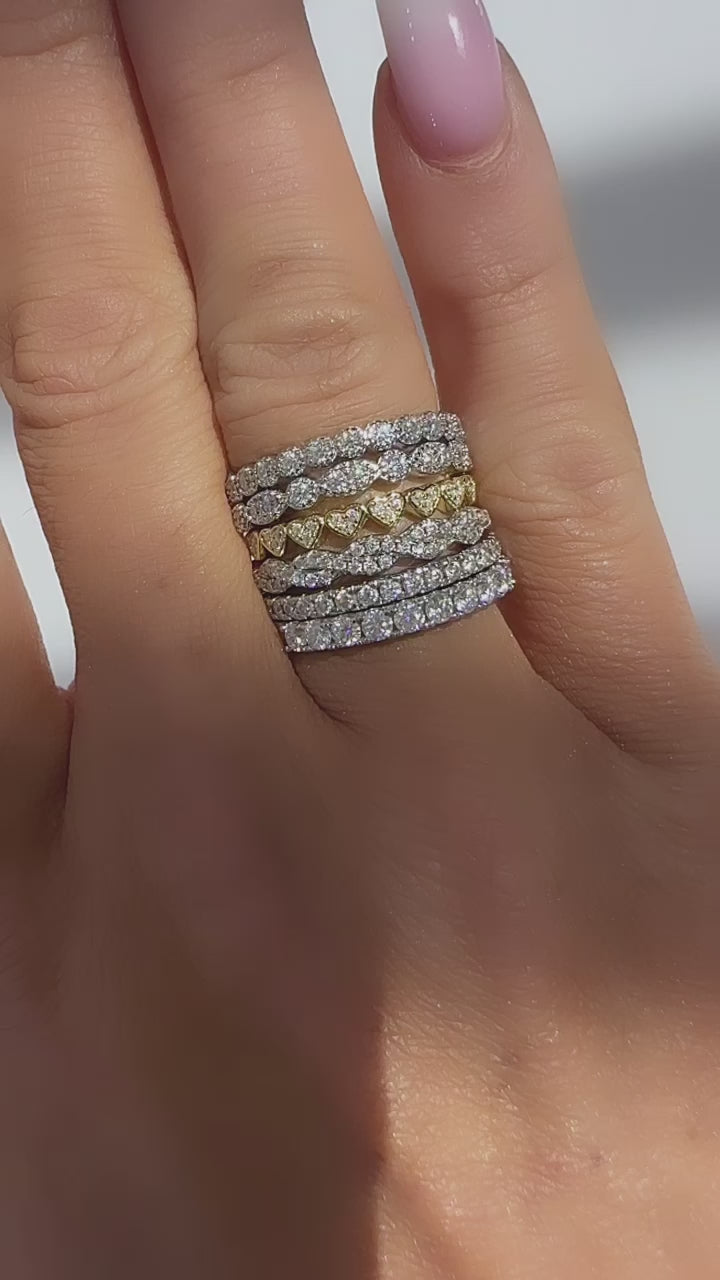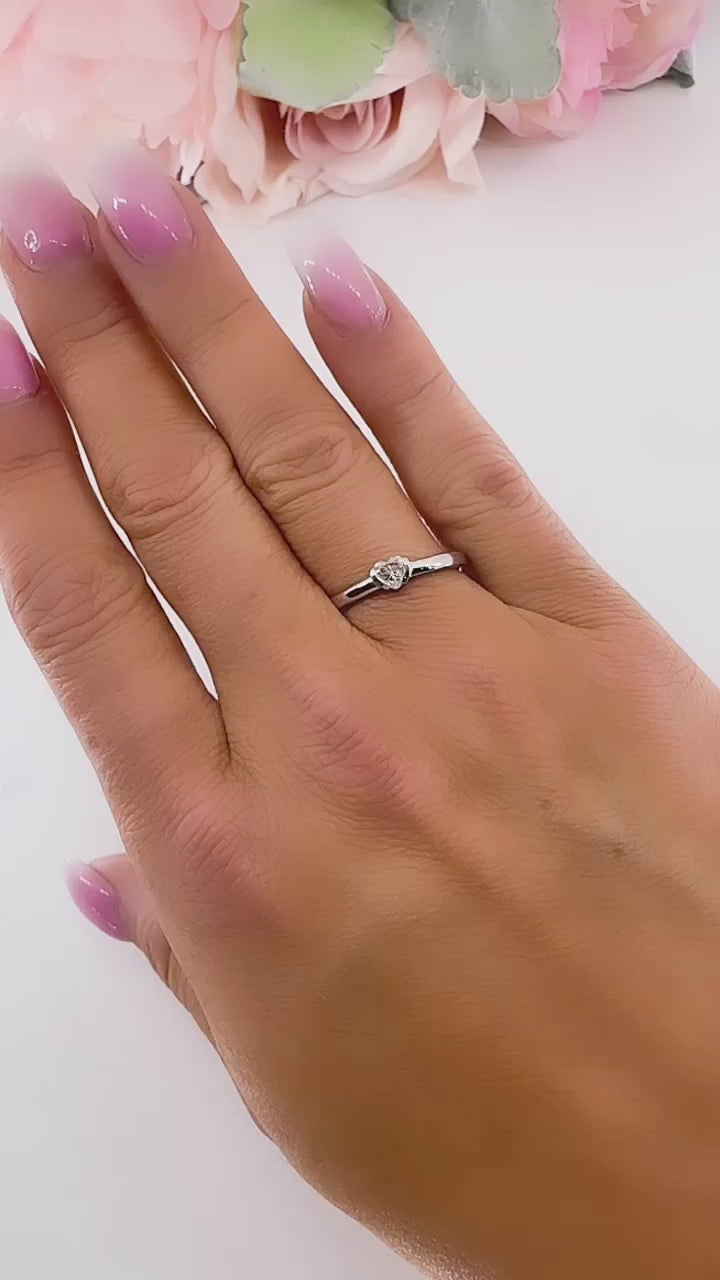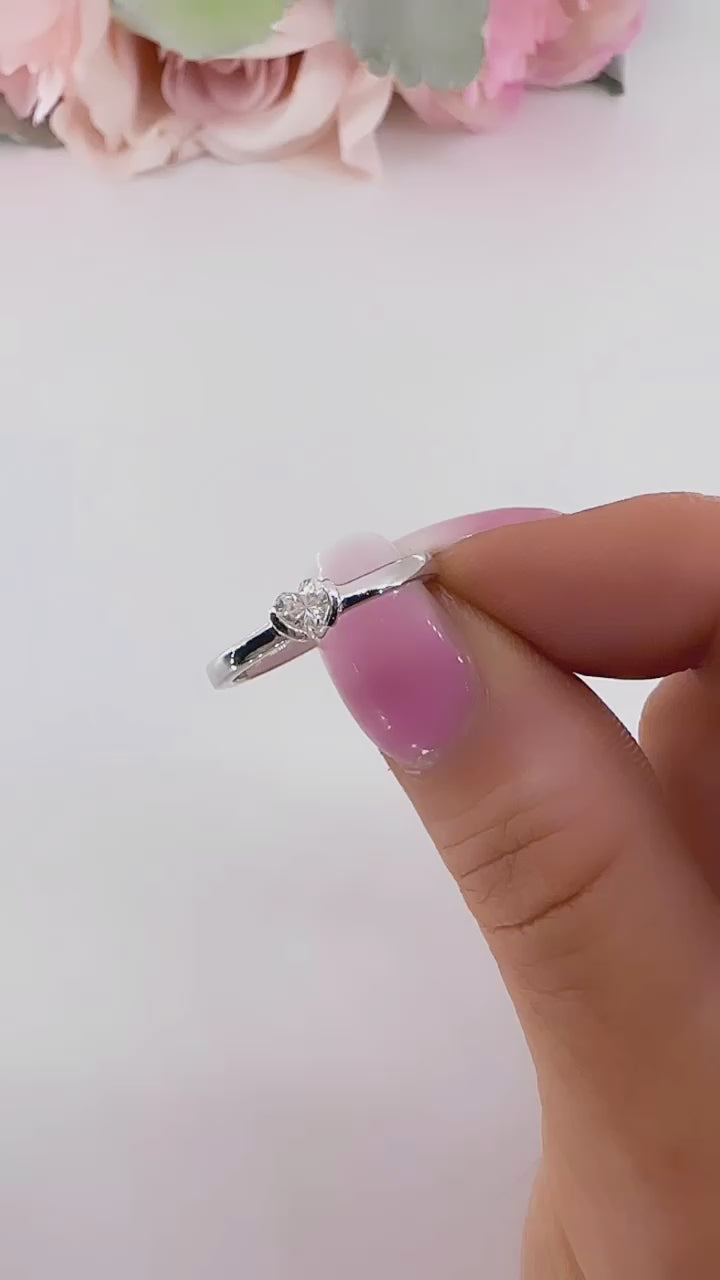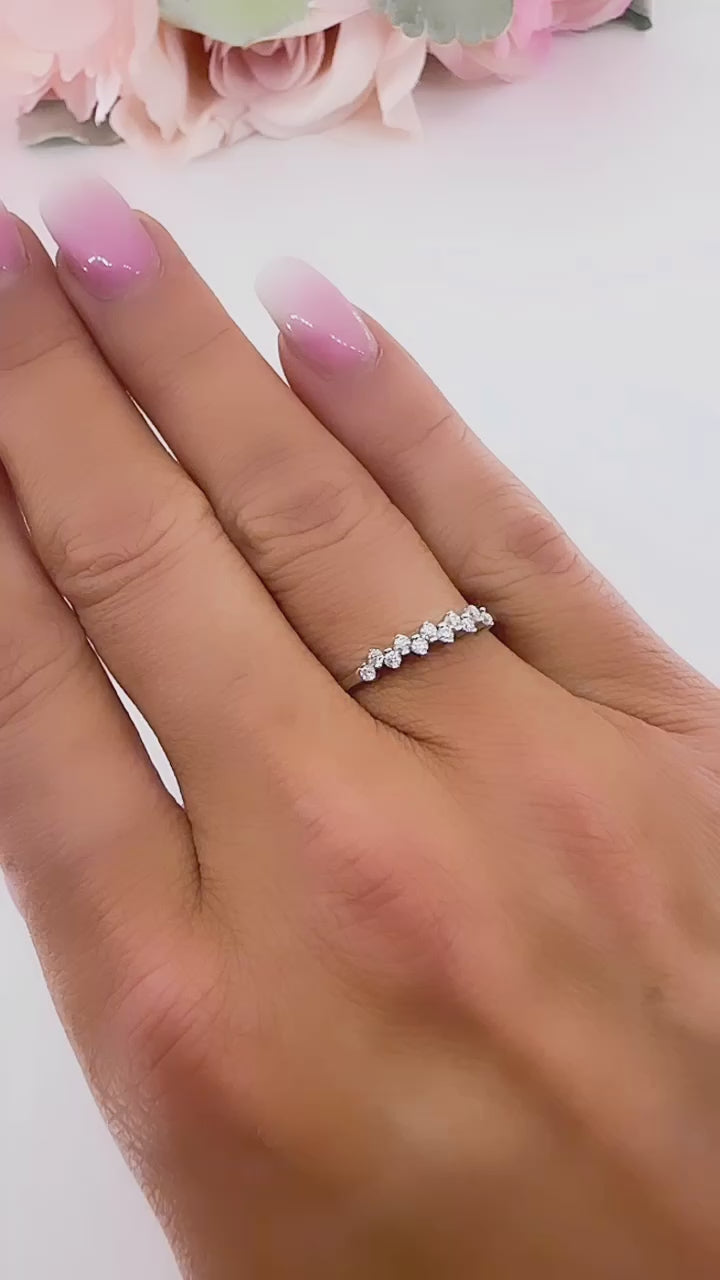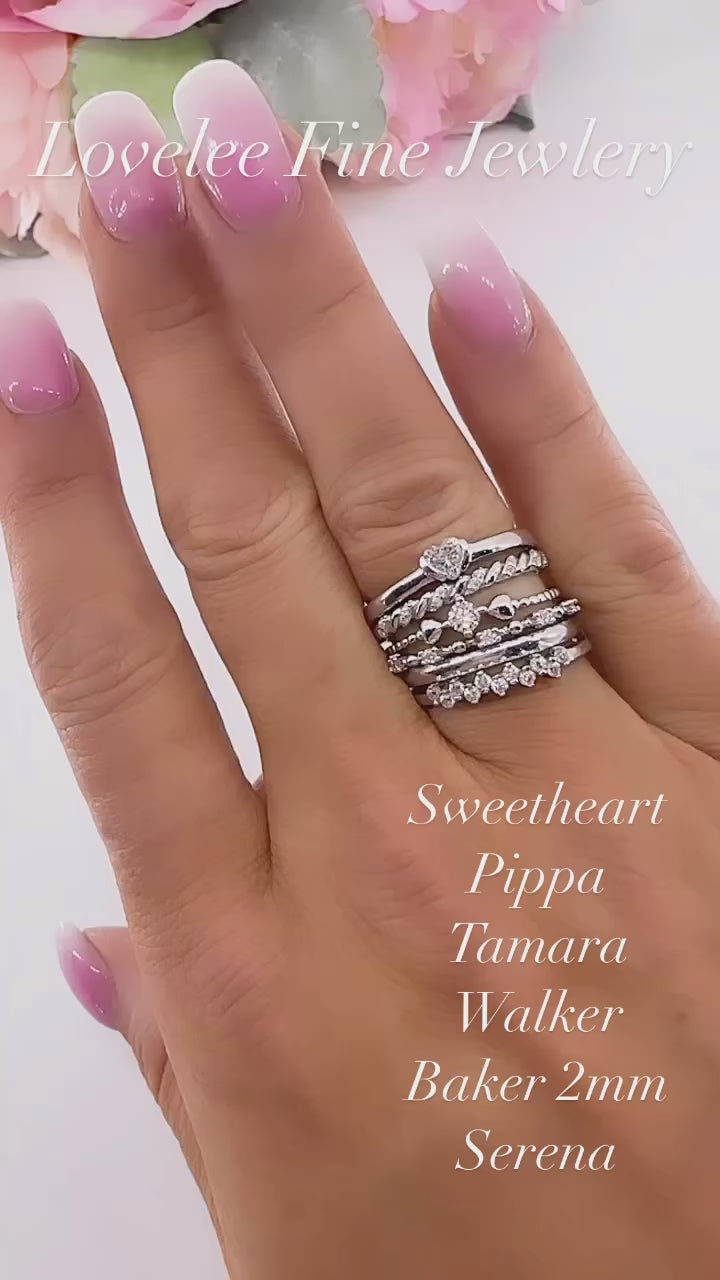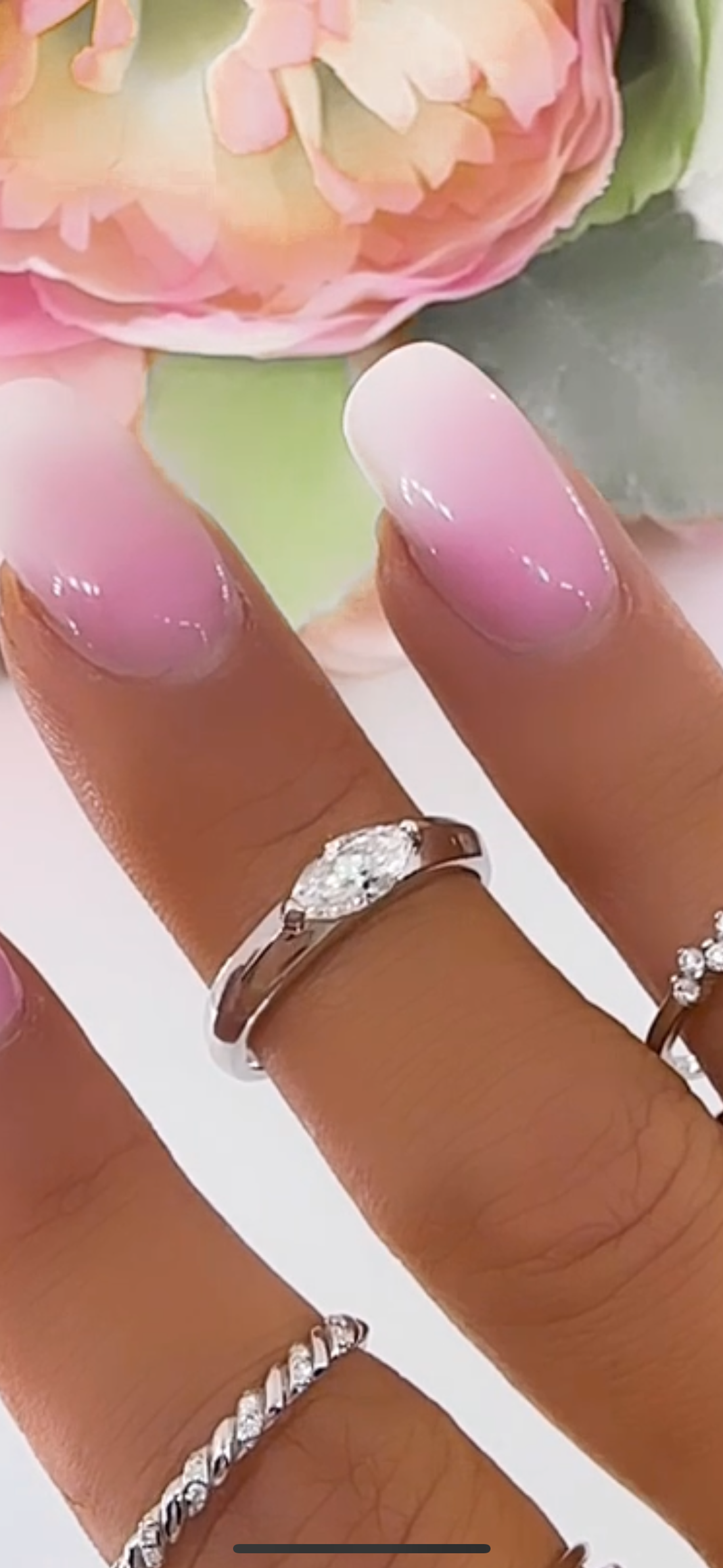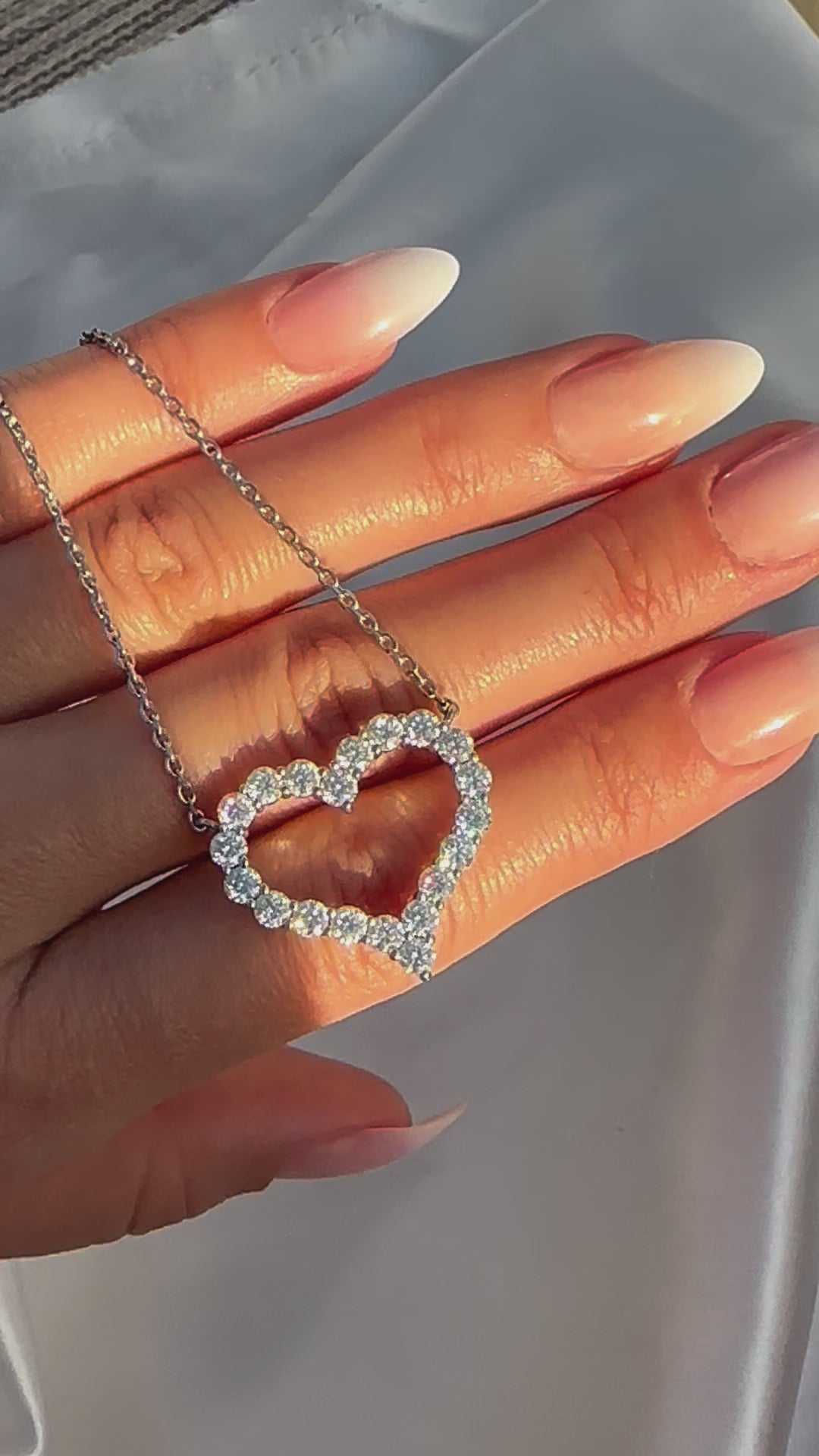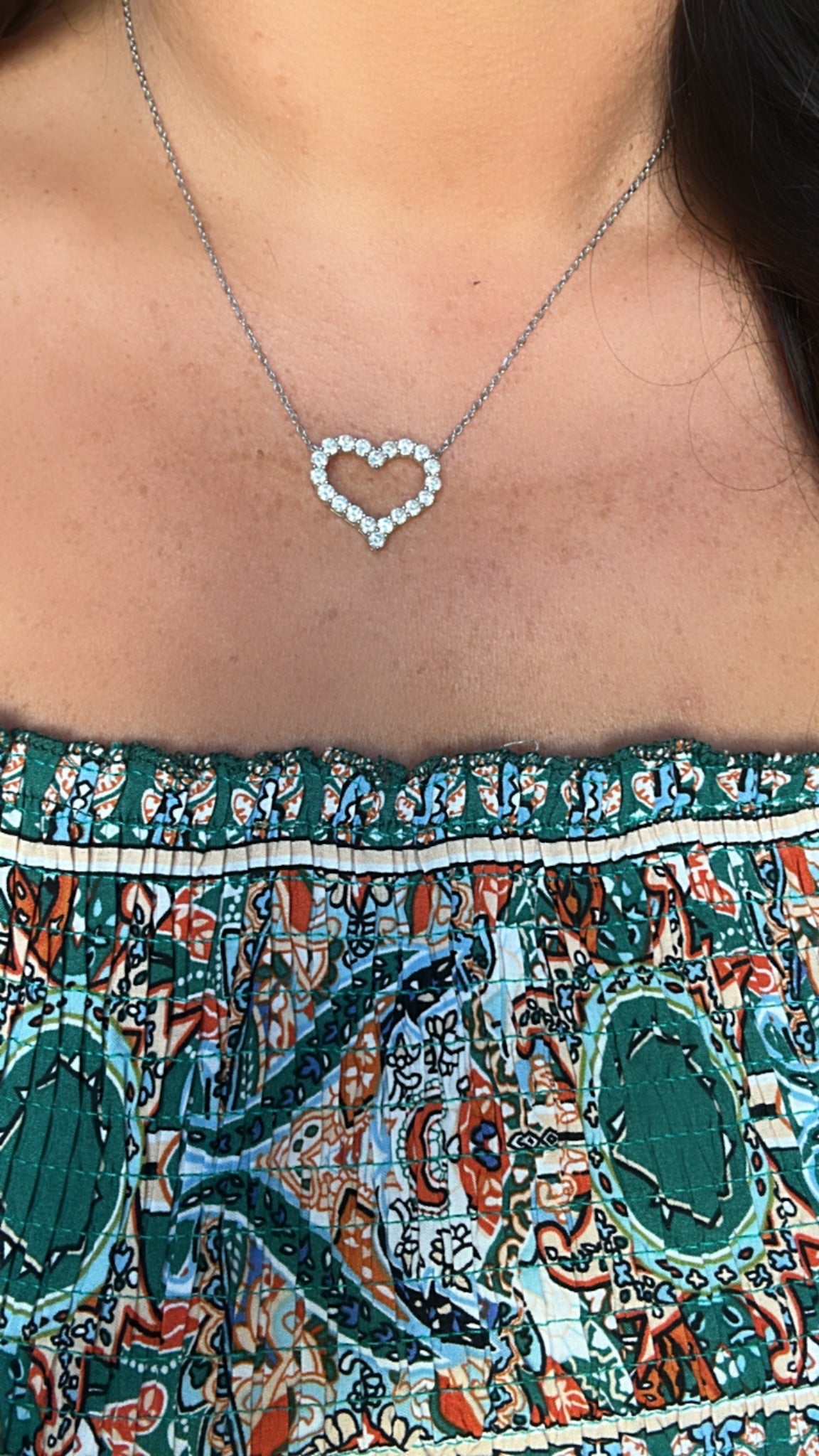Unparalelled Sparkle, Ethical Origins & Unbeatable Value
Embrace the enchantment of moissanite and make it a sparkling addition to your jewelry collection, reflecting a decision that celebrates both elegance and ethical responsibility.
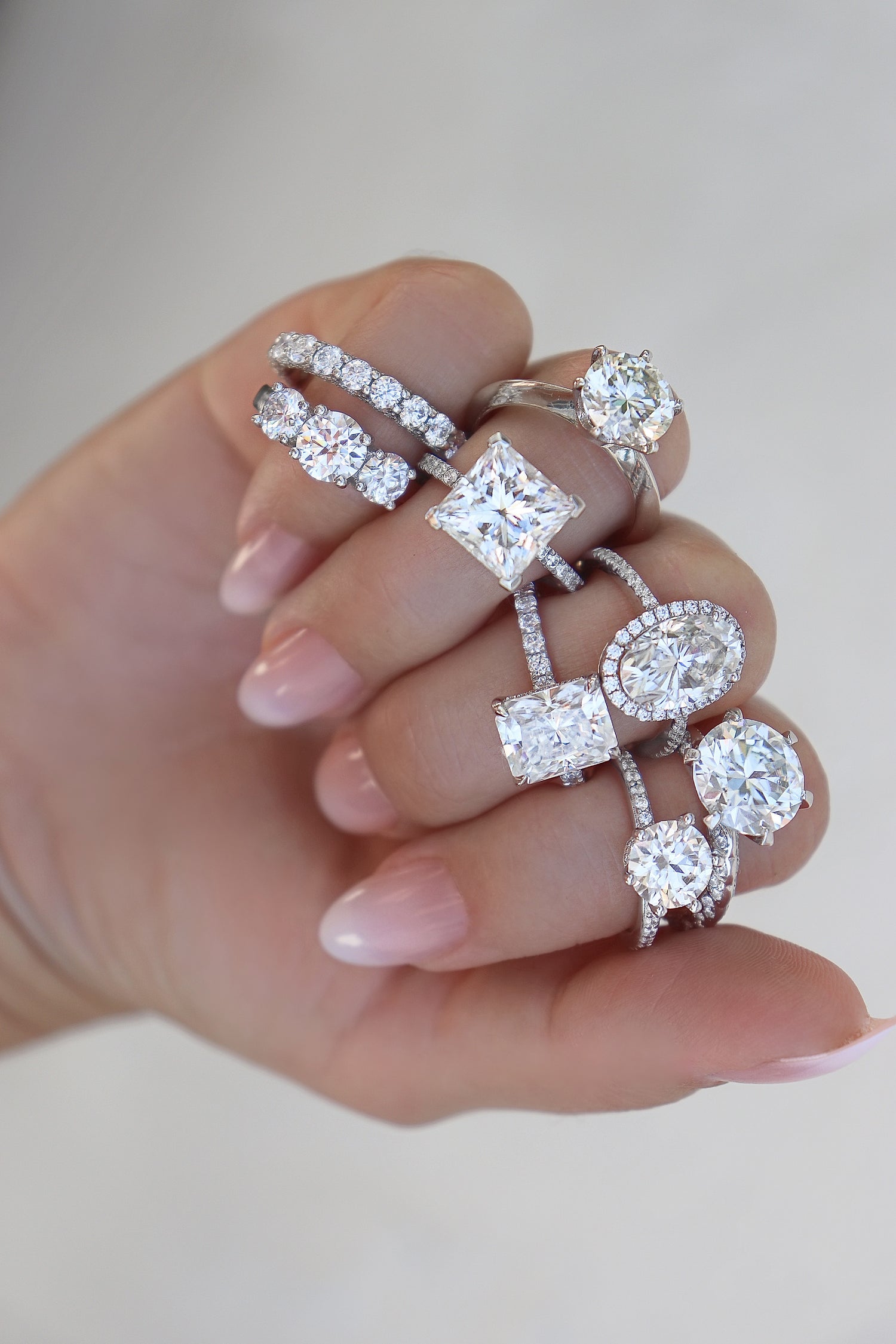
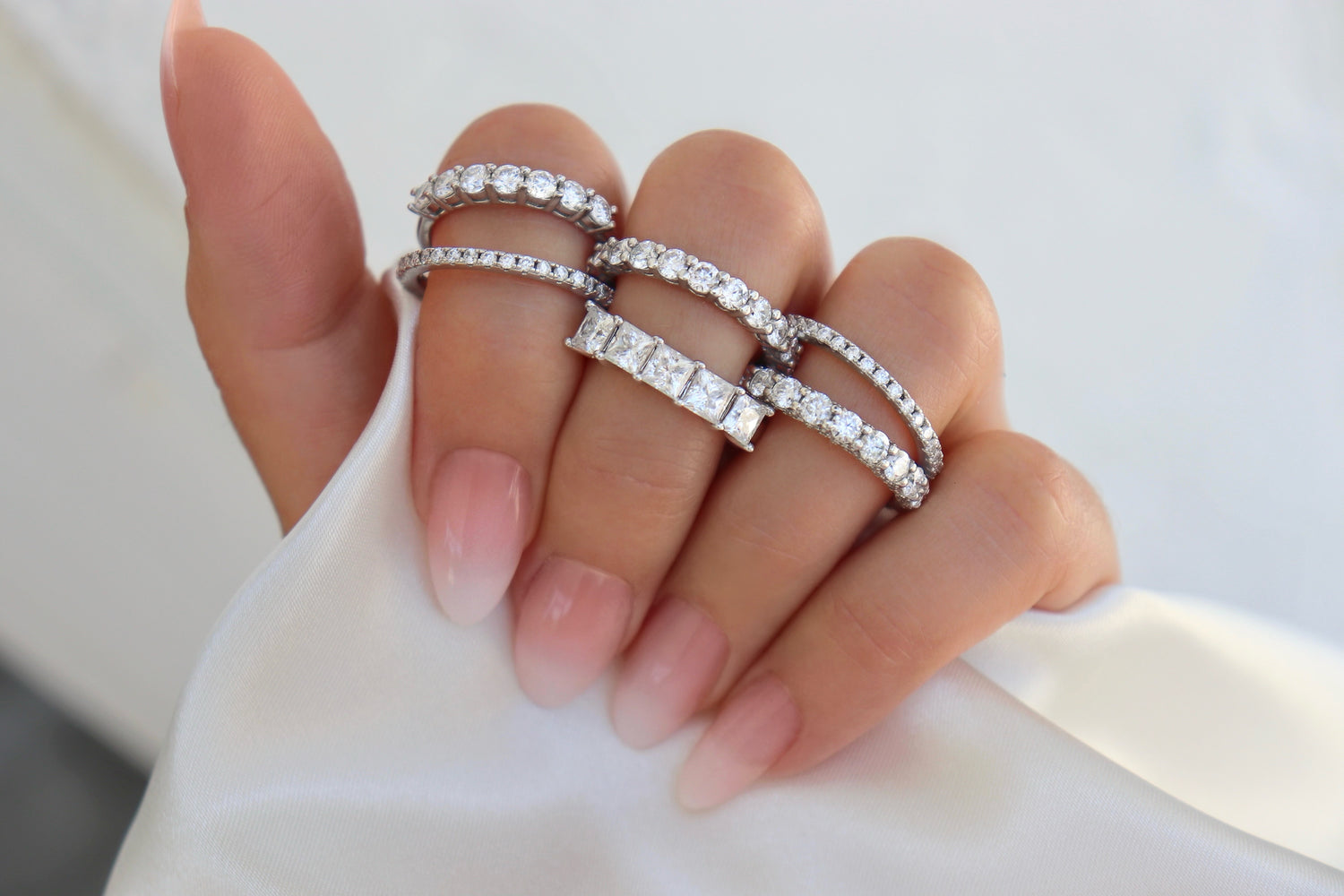
WHAT IS MOISSANITE?
Moissanite is a gemstone born from the stars. It was first discovered in 1893 by a French scientist named Henri Moissan, who later won the Nobel Prize in Chemistry. He discovered microscopic particles of the gem that would eventually bear his name in Arizona, in a crater created by a meteorite that fell to Earth. He initially thought that he had discovered diamonds, but later determined that the crystals were composed of silicon carbide.
Natural moissanite is incredibly rare, so moissanite available today is laboratory-created. After many years of trial and error, the particles Moissan discovered were successfully synthesized to produce what is now one of the world’s most scintillating gemstones.
Moissanite, referred to as a diamond simulant, is engineered to give the illusion of similarity to diamonds, but is compositionally and visually quite different from a real diamond. The durability, brilliance, and color of the two gems are quite distinct. One common property of both diamonds and moissanites is that they are both very good thermal conductors.
Heartbreaker 1.5 CTW DEW Moissanite Heart Shaped Pendant Necklace
- Regular price
-
$489.00 - Regular price
-
$480.00 - Sale price
-
$489.00
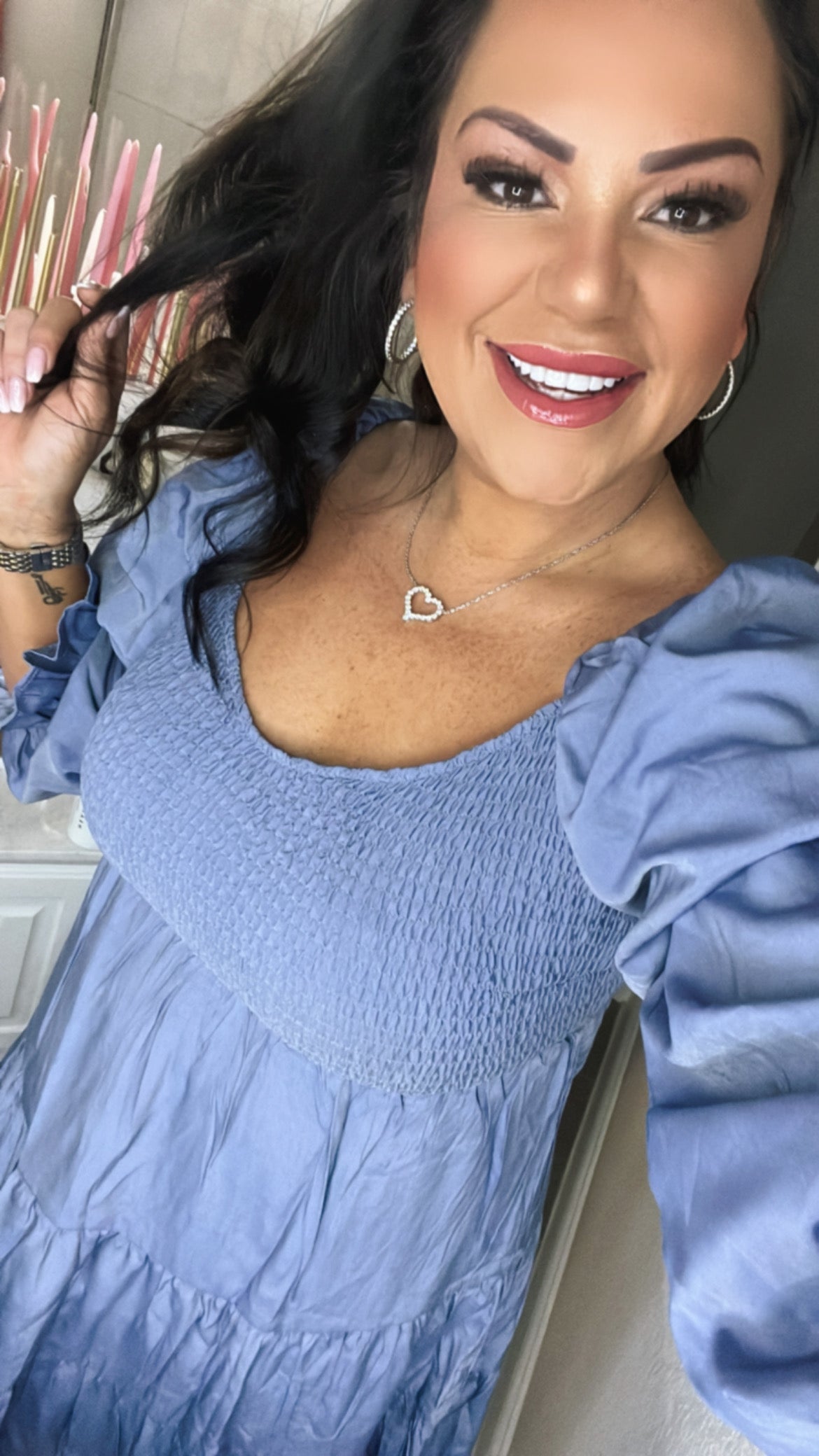
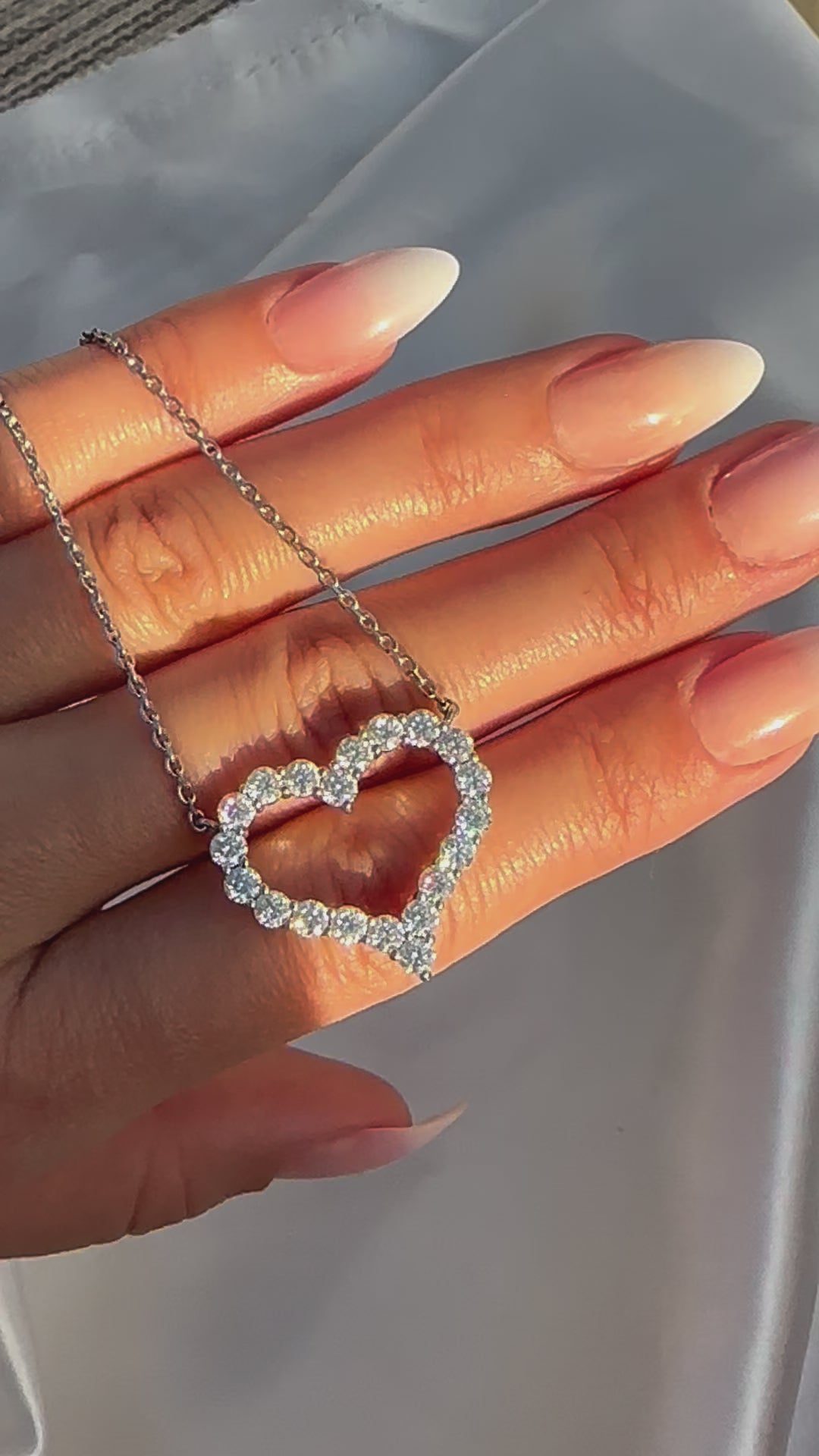
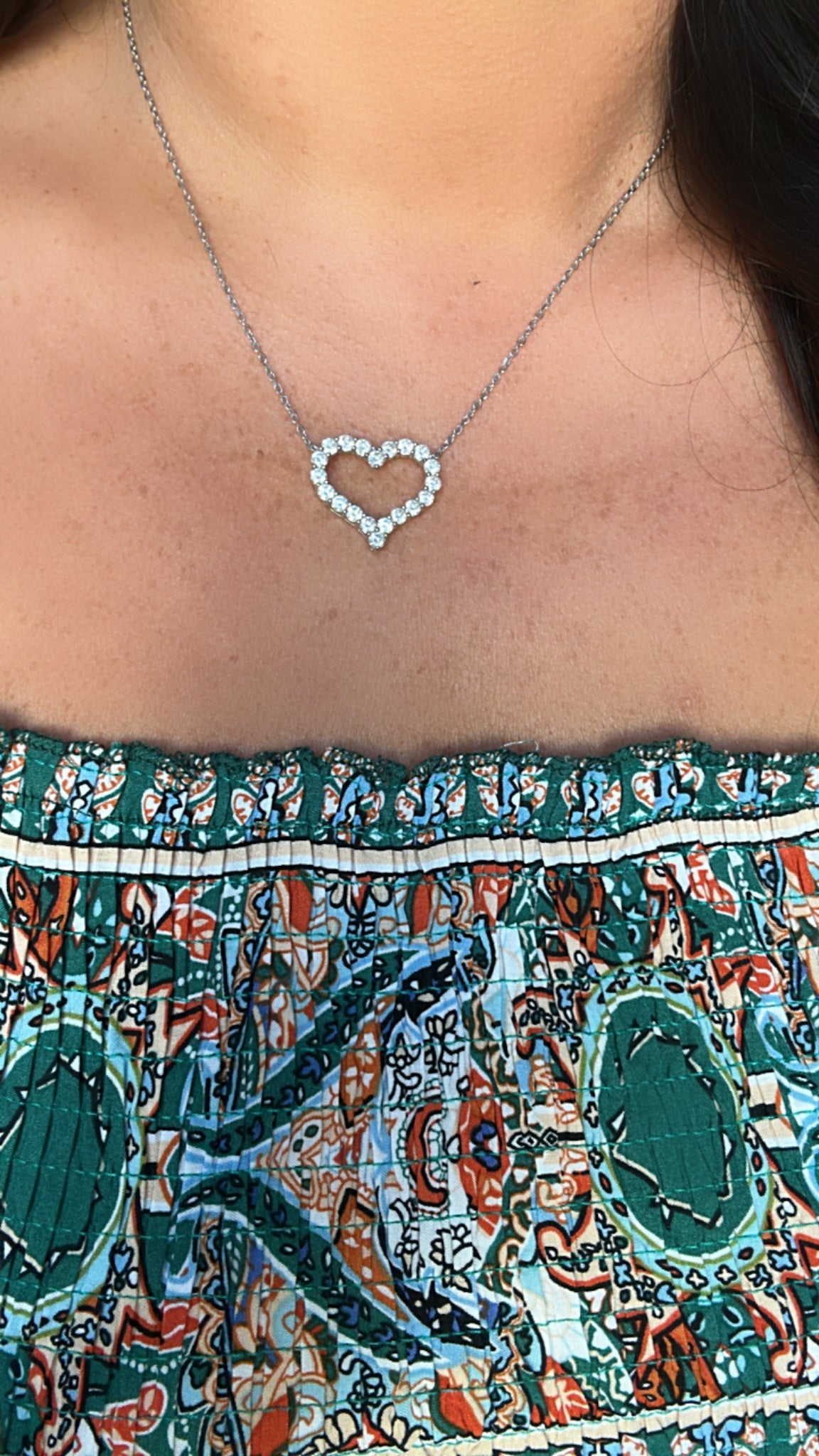
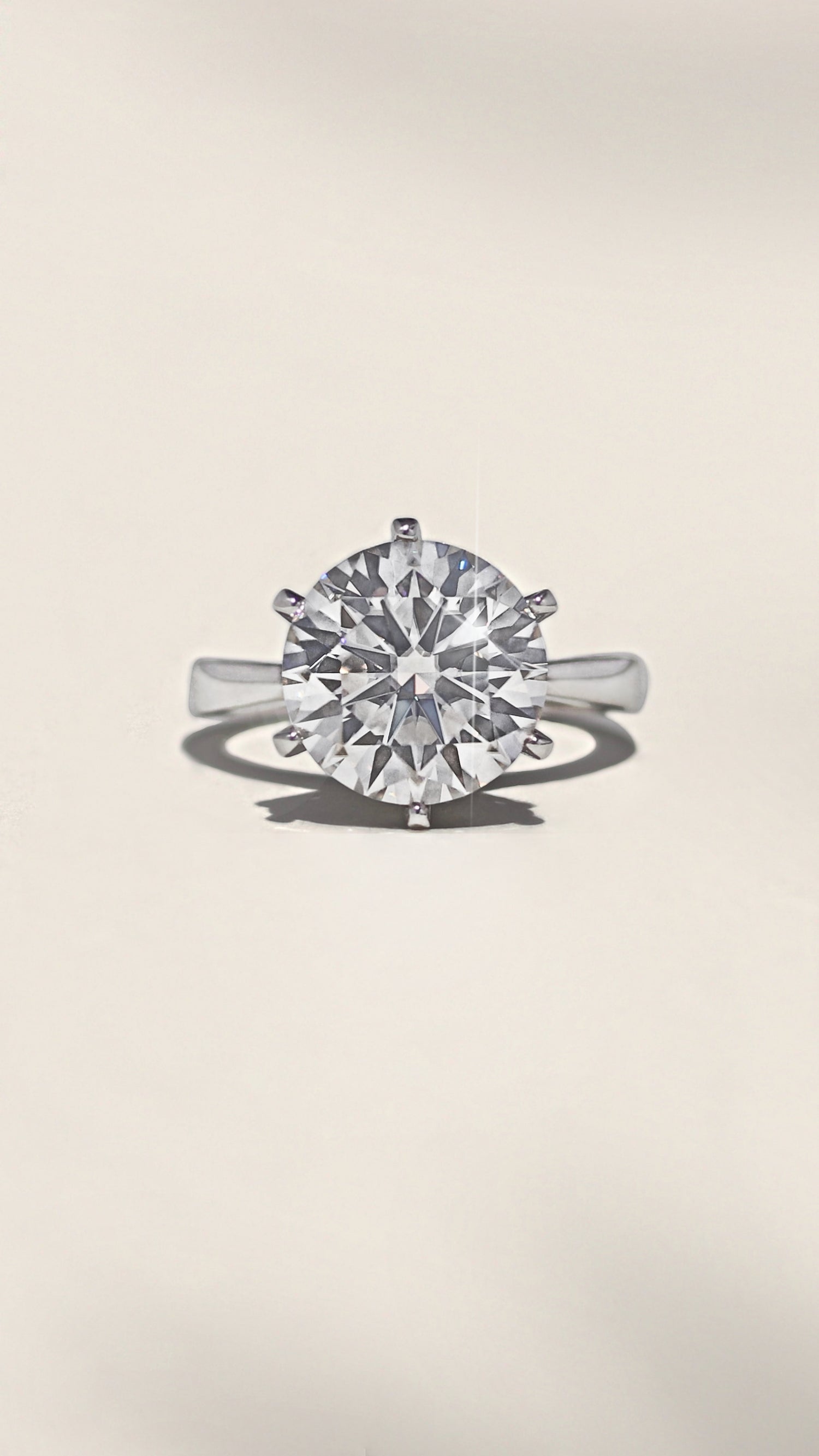
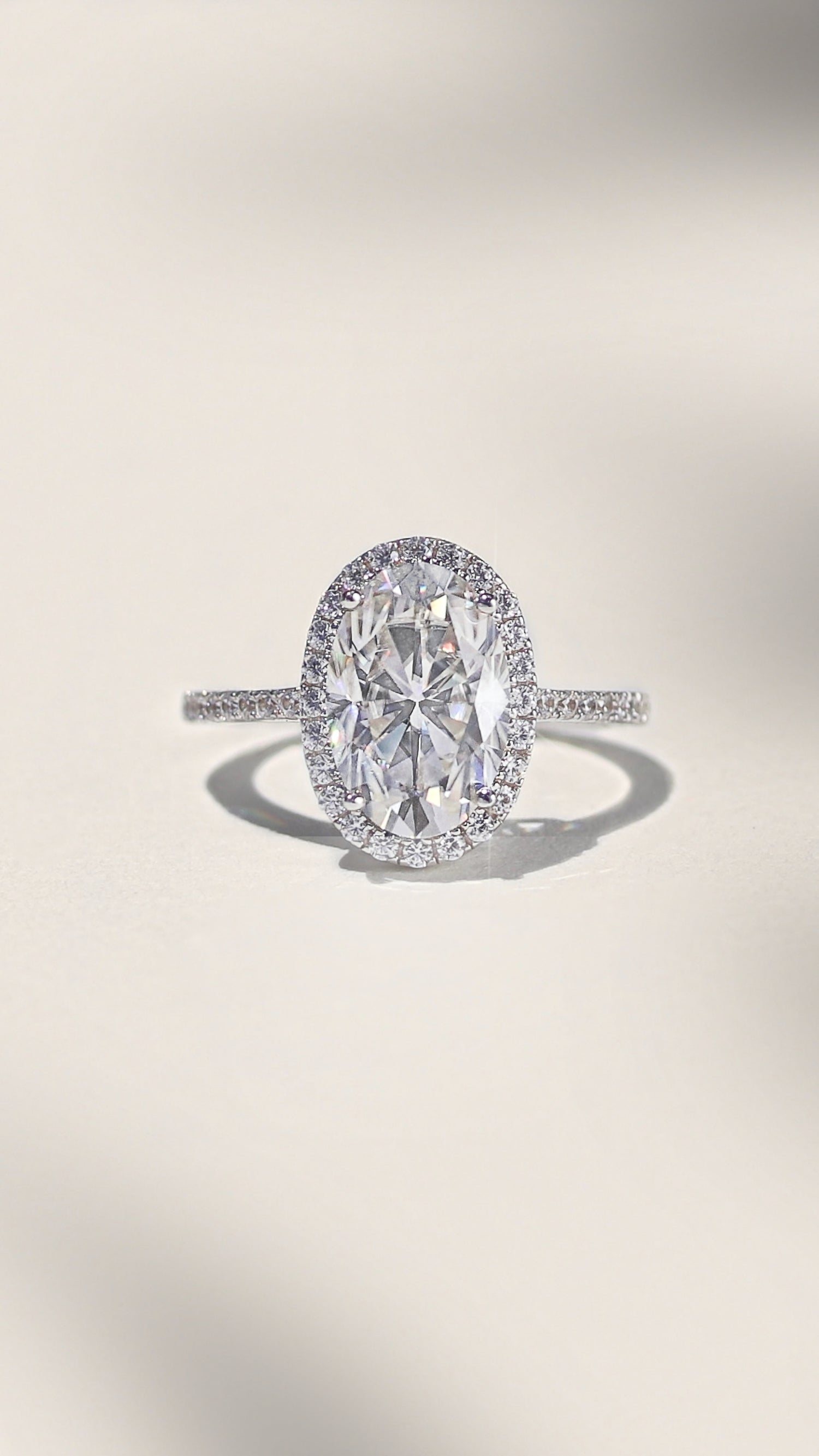
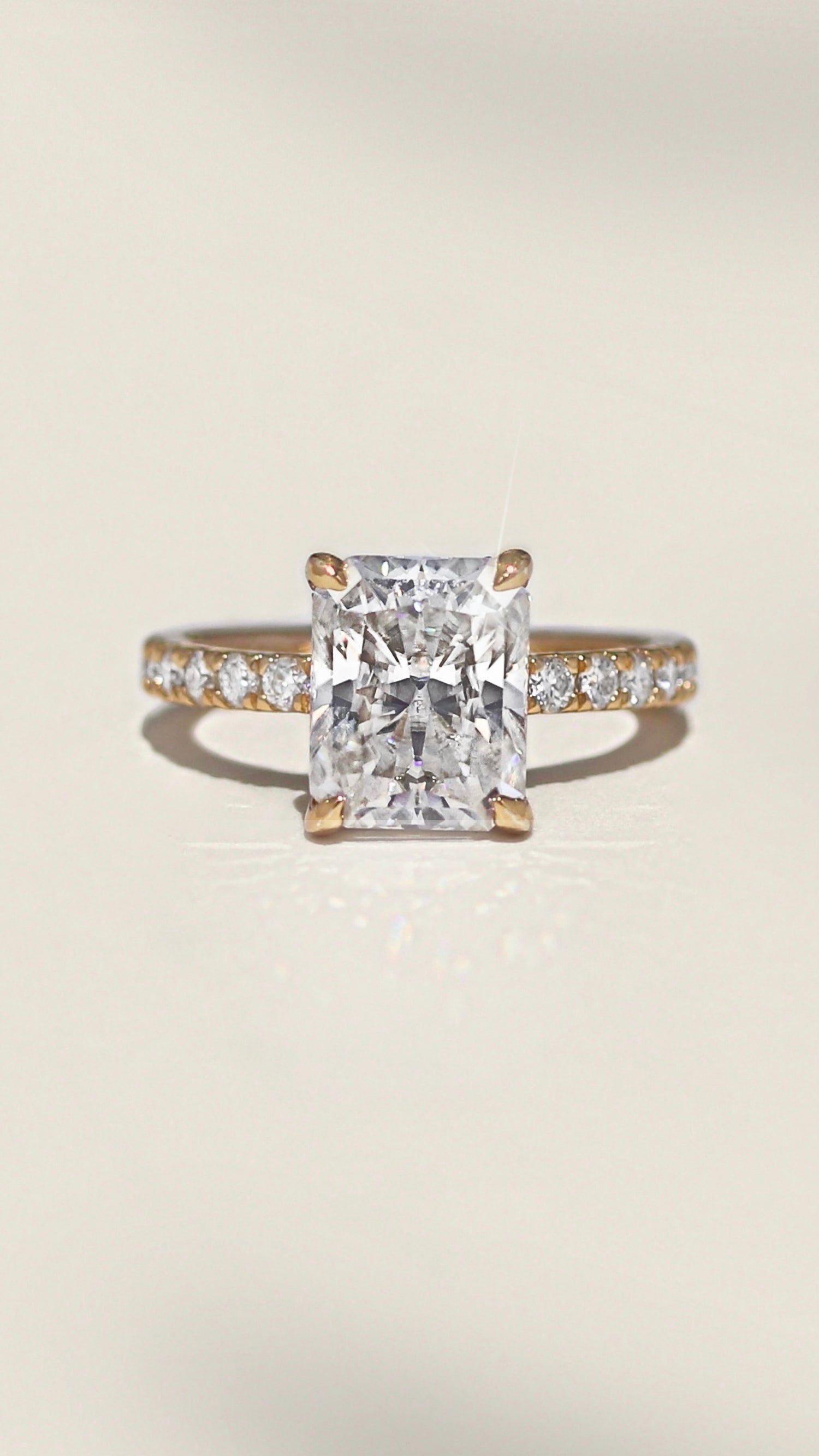
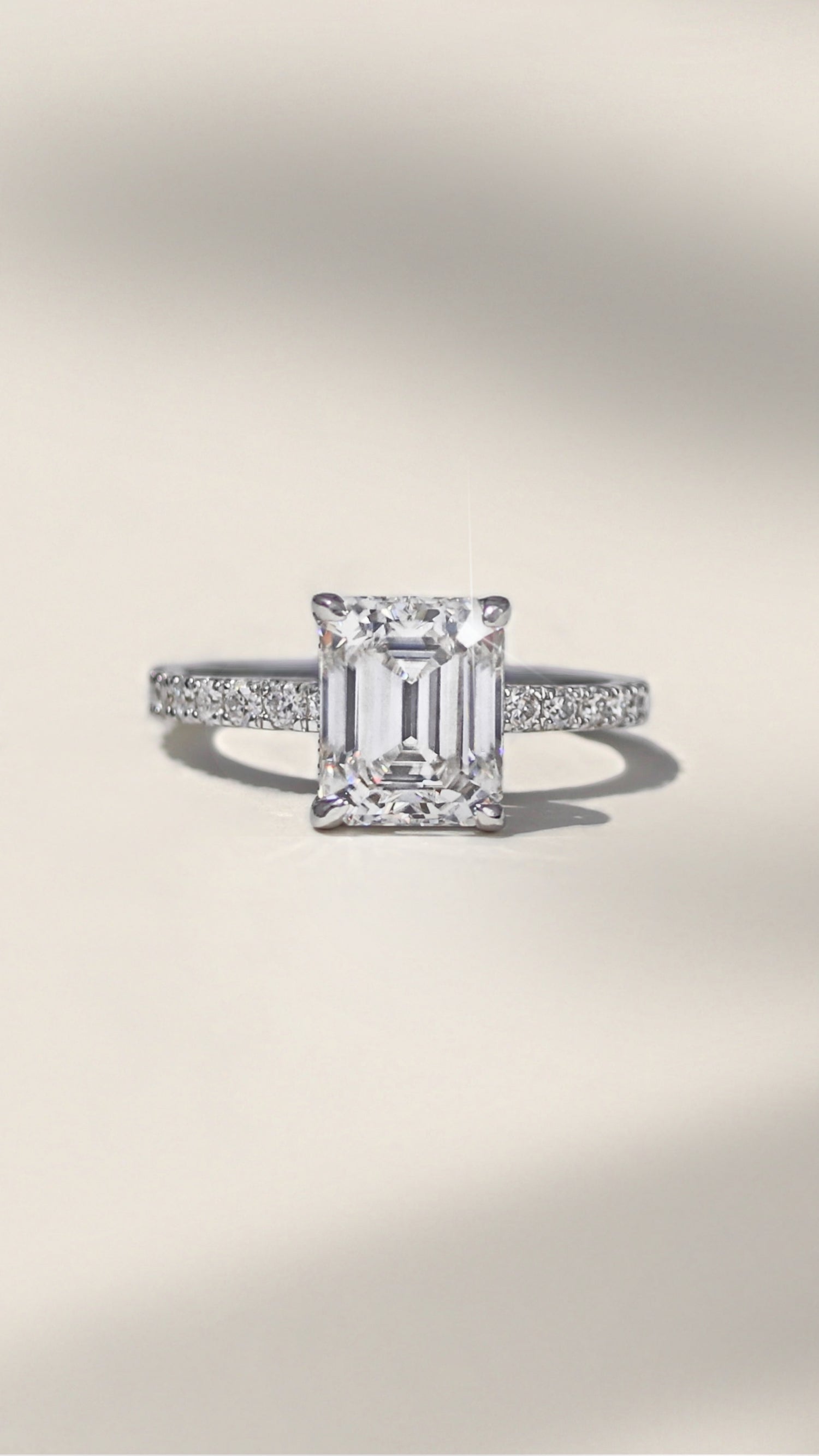
Moissanite: Why it's a must have!
What if there was a stone that matched the glaze, brilliance, and fire of a diamond?
Moissanite does that and more. Introduced to Earth by a meteor, it possesses the same beauty admired in diamond but The most obvious difference between moissanite and diamond is their brilliance. It not only matches the beauty or durability of a diamond, it goes beyond that.
As an alternative to diamond, moissanite offers even more brilliance, fire and heat resistance, and almost the same durability. The mesmerizing beauty of its appearance, durability, ethical and affordable price make it the perfect stone for any occasion.
CHOOSE YOUR STYLE

Quick view
Maddie 4 CTW DEW Moissanite Ring - Silver
-
Regular price
-
$1,550.00
-
Regular price
-
$1,550.00
-
Sale price
-
$1,550.00
- Regular price
-
$1,550.00 - Regular price
-
$1,550.00 - Sale price
-
$1,550.00
Quick view
Kennedy 4.5 CTW DEW Moissanite Oval Cut Halo Ring
-
Regular price
-
$999.00
-
Regular price
-
$1,550.00
-
Sale price
-
$999.00
- Regular price
-
$999.00 - Regular price
-
$1,550.00 - Sale price
-
$999.00
Quick view
Tristin 4 CTW DEW Emerald Moissanite set in Pave Ring
-
Regular price
-
$1,550.00
-
Regular price
-
$1,550.00
-
Sale price
-
$1,550.00
- Regular price
-
$1,550.00 - Regular price
-
$1,550.00 - Sale price
-
$1,550.00
Quick view
Mariah Flawless Brilliant Cut Round 5 CTW DEW Moissanite Ring
-
Regular price
-
$975.00
-
Regular price
-
$975.00
-
Sale price
-
$975.00
- Regular price
-
$975.00 - Regular price
-
$975.00 - Sale price
-
$975.00
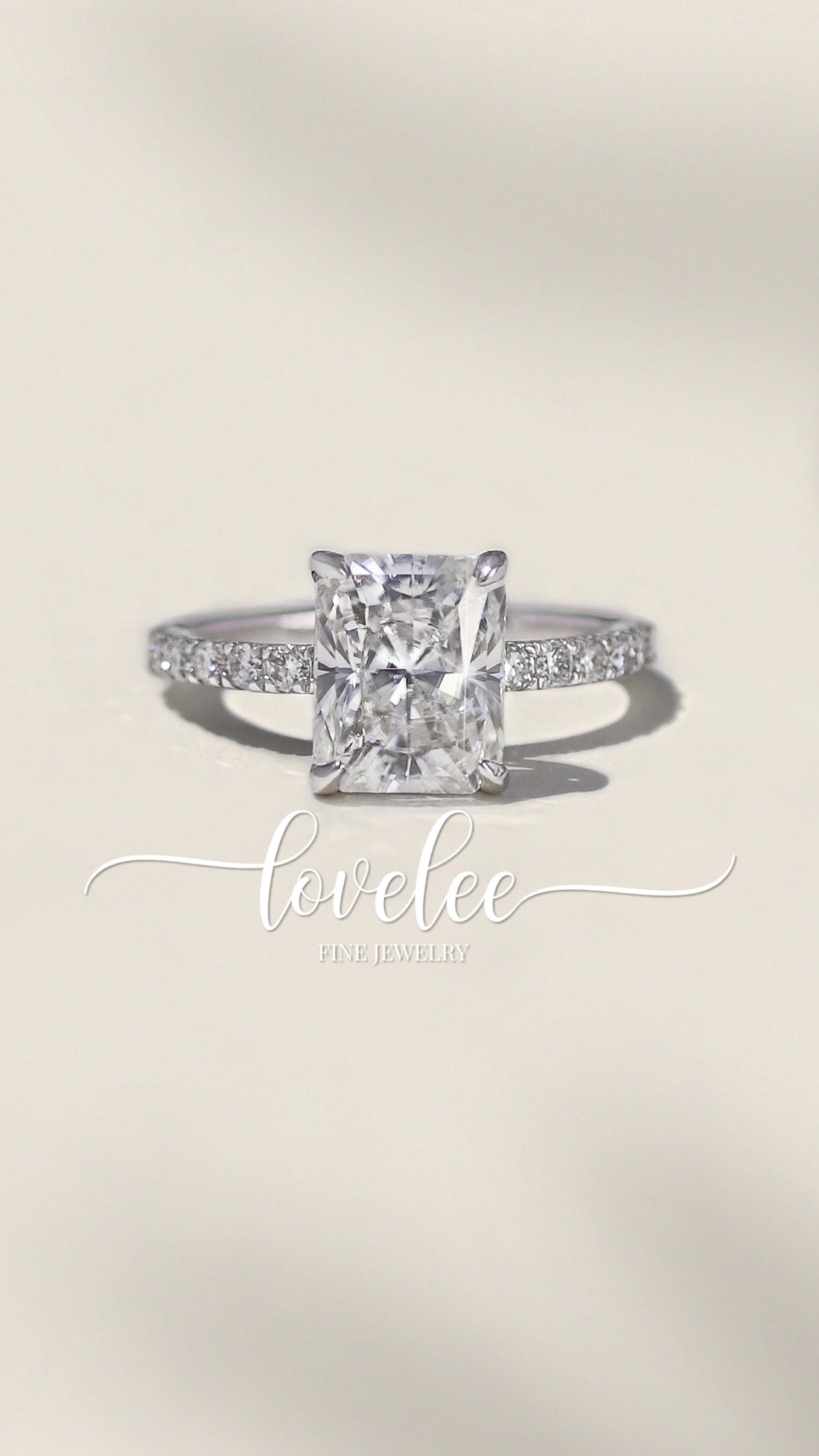
- Regular price
-
$1,550.00 - Regular price
-
$1,550.00 - Sale price
-
$1,550.00
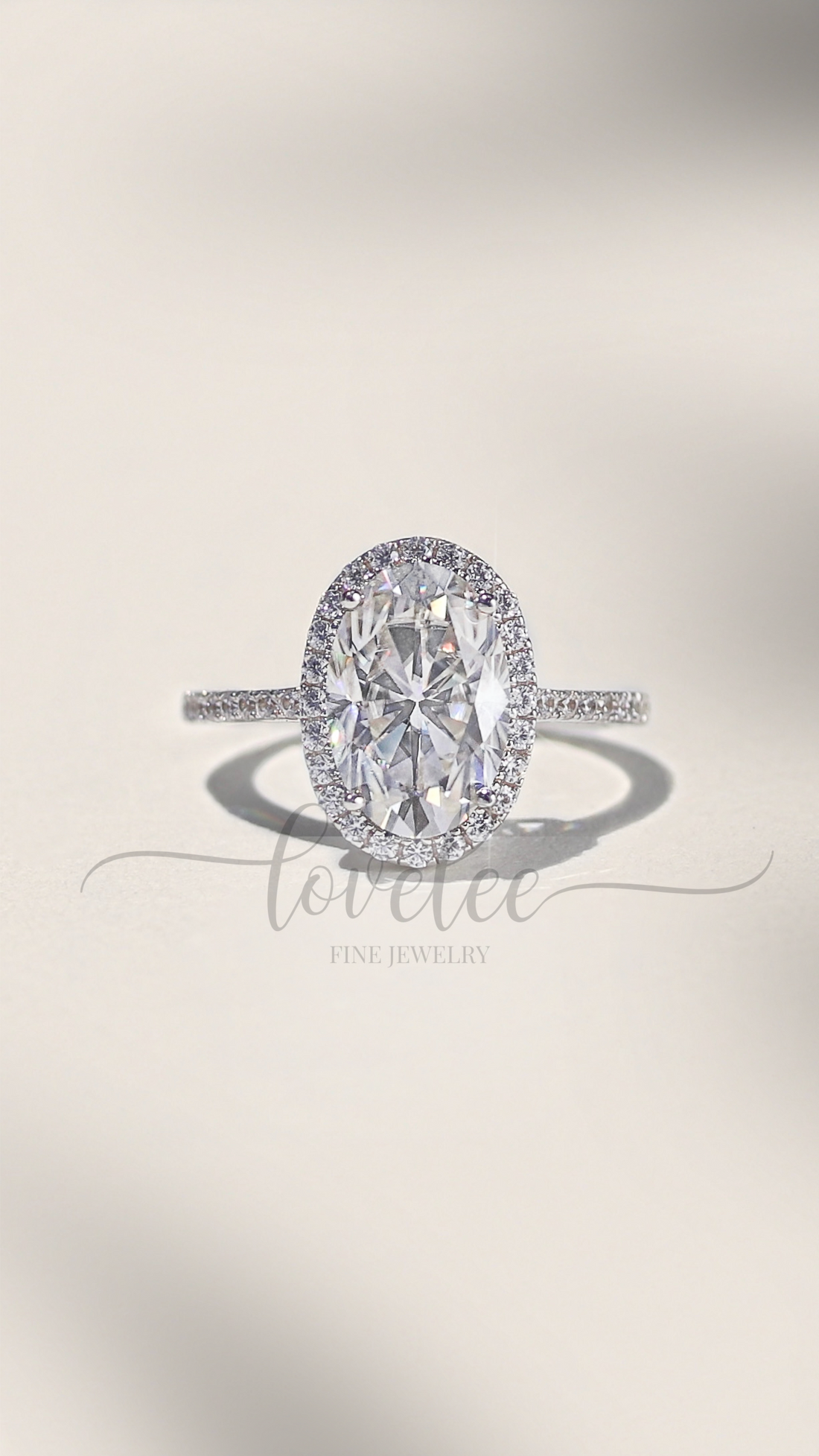
- Regular price
-
$999.00 - Regular price
-
$1,550.00 - Sale price
-
$999.00
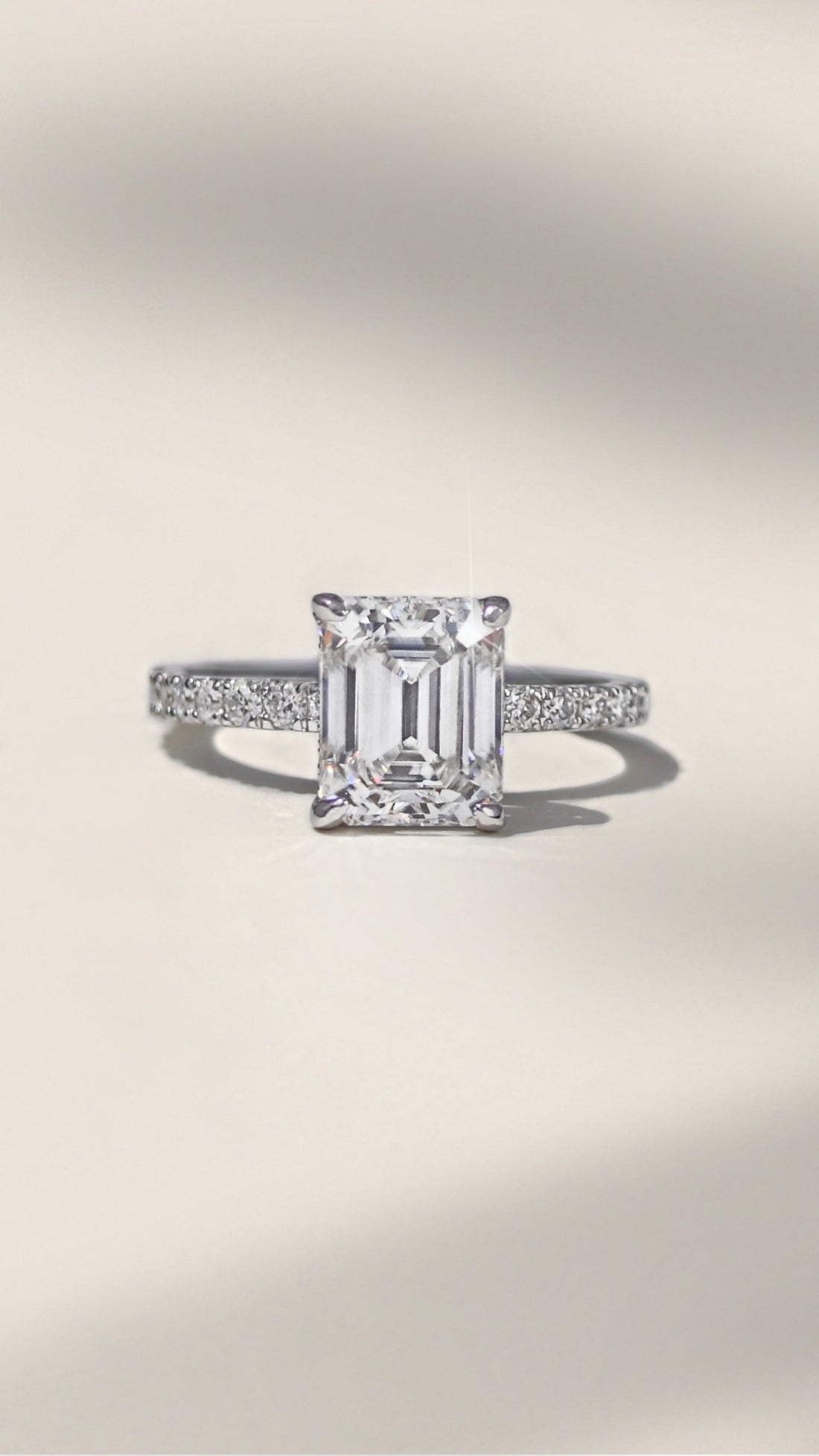
- Regular price
-
$1,550.00 - Regular price
-
$1,550.00 - Sale price
-
$1,550.00
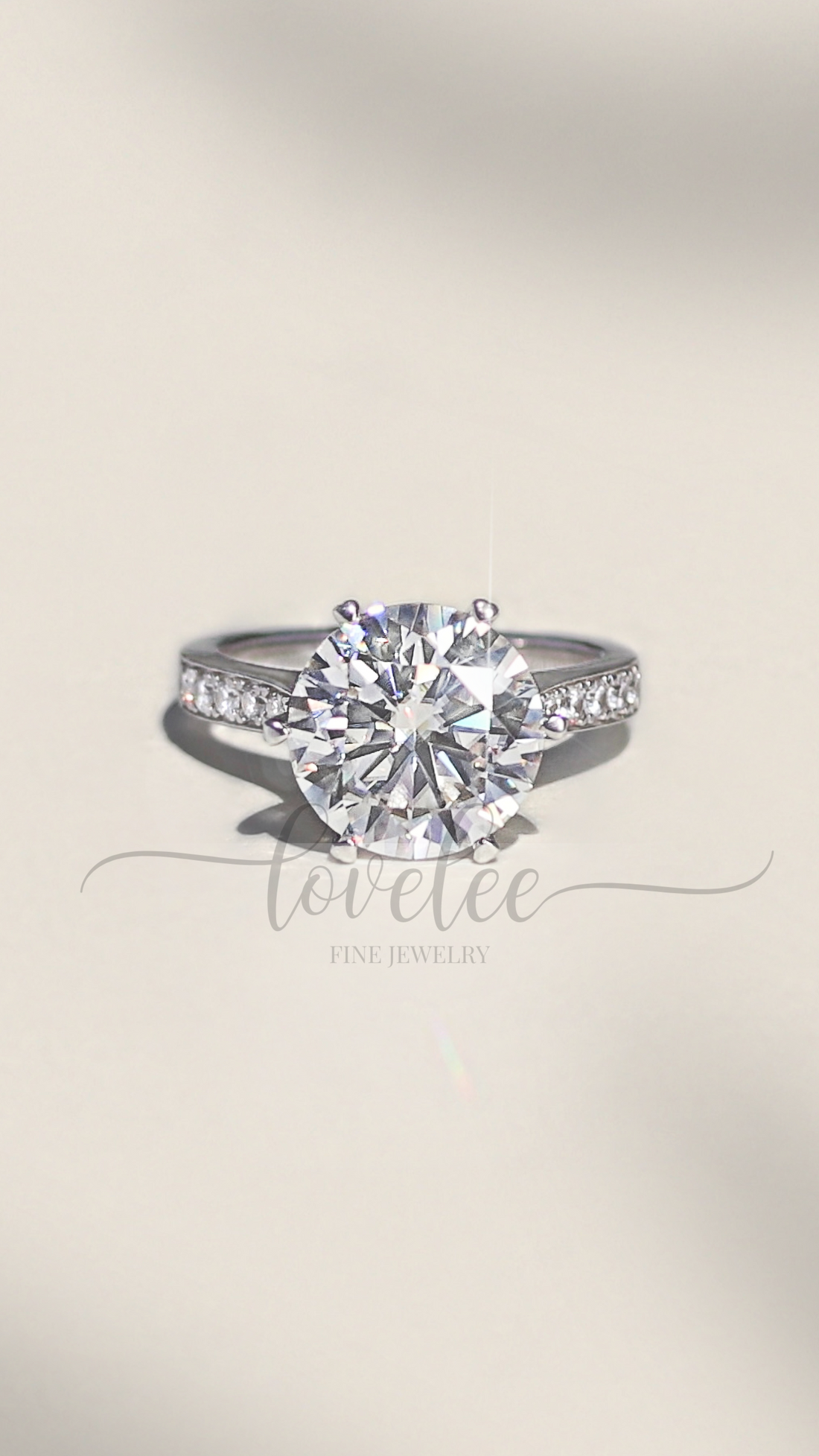
- Regular price
-
$975.00 - Regular price
-
$975.00 - Sale price
-
$975.00
EARRINGS
-
Example product titleVendor:VendorExample product title
- Regular price
-
$19.99 - Regular price
-
- Sale price
-
$19.99
-
Example product titleVendor:VendorExample product title
- Regular price
-
$19.99 - Regular price
-
- Sale price
-
$19.99
-
Example product titleVendor:VendorExample product title
- Regular price
-
$19.99 - Regular price
-
- Sale price
-
$19.99
-
Example product titleVendor:VendorExample product title
- Regular price
-
$19.99 - Regular price
-
- Sale price
-
$19.99
TENNIS BRACELETS
-
Example product titleVendor:VendorExample product title
- Regular price
-
$19.99 - Regular price
-
- Sale price
-
$19.99
-
Example product titleVendor:VendorExample product title
- Regular price
-
$19.99 - Regular price
-
- Sale price
-
$19.99
-
Example product titleVendor:VendorExample product title
- Regular price
-
$19.99 - Regular price
-
- Sale price
-
$19.99
-
Example product titleVendor:VendorExample product title
- Regular price
-
$19.99 - Regular price
-
- Sale price
-
$19.99
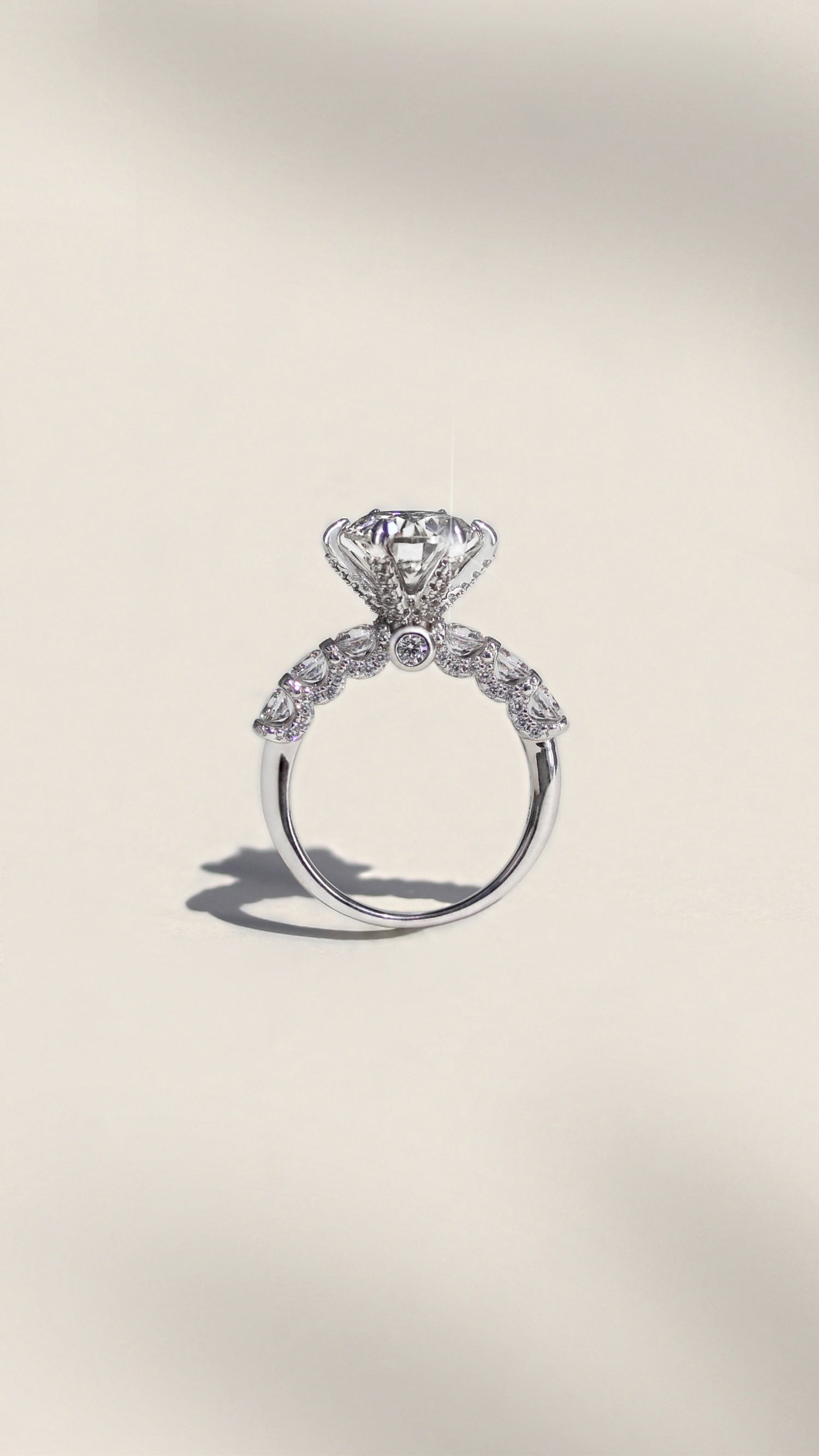

custom designs available
Design Your Dream Piece
Let your imagination run wild with out concierge design services. We can bring your dreams to life.
LOVELEE GUARANTEES


Meet our Founder
**Meet Rebecca, the Heart and Soul of Lovelee Fine Jewelry**
Imagine stepping into a world where jewelry isn't just a piece of accessory, but a story, a legacy. This is the world Rebecca has created at Lovelee Fine Jewelry. Picture her, not just as a designer, but as a storyteller weaving tales of love and commitment into each ring. Her passion for moissanite isn't just about the sparkle; it's about the promise of a sustainable future.
**Rebecca's Personal Touch in the World of Moissanite**
Rebecca's journey with Lovelee isn't just a career; it's a personal mission. She's not following trends; she's setting them, with a deep respect for both beauty and ethics. Think of her as a friend who understands your love story and brings it to life with a ring that’s more than just jewelry – it’s a symbol of your unique journey.
**Educating Hearts and Minds: More Than Just Selling Jewelry**
Rebecca's role goes beyond crafting stunning pieces. She's like your knowledgeable friend, eager to share the wonders of moissanite. Her approach is not just about sales; it's about building a community that values beauty and sustainability in equal measure.
**Crafting Rings, Telling Stories**
Every custom ring Rebecca designs is a narrative in itself, a physical embodiment of a special moment or emotion. She’s not just a jeweler; she's a companion on your journey of love, ensuring that the ring you choose is a true testament to your personal tale.
**Championing a Greener Future in Jewelry**
Under Rebecca's stewardship, Lovelee Fine Jewelry is more than a brand; it's a statement of purpose. She's not merely selling jewelry; she's advocating for a change, championing a way of luxury that's as kind to the earth as it is beautiful.
**Your Invitation to a World of Unique Elegance**
Rebecca's world at Lovelee Fine Jewelry isn't just a store; it's an experience. She's inviting you to be a part of a journey where your story becomes a part of her artistic expression, where every piece of jewelry is a shared celebration of love, individuality, and a brighter, more sustainable future.
BENEFITS OF MOISSANITE
FAQs
The Short Version: What, Why, How? *an important read*
What is Moissanite?
Moissanite is an exceptional mix of master craftsmanship and science. In fact, they are created of the same material as natural diamonds which were formed in the earth billions of years ago. First discovered in 1893 by a French scientist named Henri Moissan, a Nobel Peace Prize winner for Chemistry. He discovered microscopic particles of the gem that would eventually bear his name, in a crater created by a meteorite that fell to Earth. It is literally made from the stars. After many years of trial and error, the particles Moissan discovered were successfully synthesized to produce what is now one of the world’s most scintillating gemstones that are almost identical.
All of our Moissanite stones are independently certified for quality and are 100% conflict free. Any single stone over 0.3 carats will be accompanied by a certificate of authenticity, detailing its "4 Cs" - cut, color, clarity, and carat weight, as well as a limited warranty with the Gemological Research Association (GRA).
Are lab-created diamonds the same as natural diamonds?
Like natural diamonds, lab-created diamonds are comprised of carbon and exhibit the same optical, chemical and physical properties as natural diamonds. The core differences are the time they took to form and their origin. Lab created diamonds are cheaper than mined diamonds, yet its extremely difficult to tell them apart. Our hope is that you choose not to pay so much for a "real diamond" when you may not truly "know" what you are getting!
Can you "tell" it's a lab-created diamond? What about the trained eye?
Because lab-created diamonds have the same optical, chemical and physical characteristics as natural diamonds, they cannot be distinguished even with a professional loupe under 10x magnification. That is a big, "NO WAY!" from us! Why pay more than moissanite for something also made in a lab that is less sparkly and still matches Moissanite on the diamond tester? With Moissanite, you still get the sparkle & brilliance without the huge expense!
Why Moissanite?
Discover the Enchantment of Moissanite:
Amidst the challenge of distinguishing between Lovelee moissanite, lab-created diamonds, and mined diamonds, a clear gemstone choice emerges - Lovelee moissanite. Let's explore the facts on how to tell them apart and uncover why moissanite shines above the rest.
A Mesmerizing Radiance:
Lovelee Moissanite's brilliance and fire rival that of diamonds, casting a spellbinding allure that captivates the eye. Embrace the enchanting beauty of moissanite, knowing that its dazzling sparkle will leave you breathless.
Identifying Gems with Precision:
While Lovelee moissanite and diamonds may share similarities, the allure of moissanite lies in its close resemblance to diamonds. With its brilliant features, moissanite allows you to relish a gemstone that echoes the charm of diamonds without compromise.
A Brilliant Investment:
Embrace the brilliance of moissanite without straining your budget. Unlike lab-created and mined diamonds, Lovelee moissanite offers a budget-friendly option that doesn't compromise on style or elegance.
Ethically Responsible Choice:
Opt for an ethical and sustainable gemstone by choosing a Lovelee moissanite stone. As a lab-created gem, moissanite alleviates any ethical concerns, allowing you to bask in the beauty of your gem guilt-free.
Craftsmanship at its Finest:
Lovelee Moissanite is skillfully crafted to mirror the properties of natural diamonds with impeccable precision. Its identical chemical and physical attributes ensure that you own a gem of unparalleled quality.
In conclusion, Lovelee moissanite emerges as the ideal gemstone, captivating hearts with its brilliance and beauty. Amidst the challenges of differentiation, Lovelee moissanite's close resemblance to diamonds, budget-friendliness, ethical conscience, and craftsmanship make it the ultimate choice. Embrace the enchantment of moissanite and make it a sparkling addition to your jewelry collection, reflecting a decision that celebrates both elegance and ethical responsibility.
What is Moissanite? *the science*
What is Moissanite and How Does It Compare to Diamonds?
When choosing an engagement ring, you want something that symbolizes your bond and will last a lifetime. With so many factors to consider, including durability, price, and style, it's essential to explore all options, including man-made stones that closely resemble natural gems. If you're considering a diamond alternative, moissanite is a mineral worth exploring. It boasts remarkable brilliance, cost-effectiveness, and environmental sustainability, making it an attractive choice for those seeking something unique and eco-friendly.
Moissanite: What Exactly Is It?
Moissanite is an exceptionally rare mineral found in nature, originally discovered at the site of a meteorite strike in Arizona over a century ago. Its appearance closely resembles that of diamonds. However, scientists later developed a thermal growing process to create moissanite in a lab using silicon carbide crystals. Each gem takes two to three months to create and is meticulously cut to enhance its brilliance through specific angles and proportions.
Moissanite vs. Diamonds: A Dazzling Comparison
Unlike traditional mined diamonds formed over hundreds of years from coal and minerals, moissanite's origin lies in minuscule fragments of meteorite. Notably, moissanite surpasses diamonds in brilliance and fire, meaning it not only closely resembles diamonds but actually outshines them. The lab-creation process allows specialists to determine the stone's natural cuts, and with specific cutting techniques, they further enhance its unique fire. Moissanite comes in two color grades: colorless and near-colorless, offering a range of options in various cuts, settings, and configurations, just like diamonds.
Durability and Environmental Friendliness of Moissanite
Rest assured, moissanite is highly durable and scratch-resistant, ranking second only to diamonds on the hardness scale. Additionally, it surpasses diamonds in heat resistance, making it unlikely to be damaged during routine jewelry repair. The best part is that moissanite is environmentally friendly due to its controlled lab creation, eliminating the need for mining and avoiding issues related to conflict trade. With moissanite, you can admire your exquisite new gem while knowing it has a traceable and eco-friendly origin.
The Cost of Moissanite: A Smart Choice
In addition to its environmental benefits, moissanite is a smart financial choice. Unlike diamonds, whose prices fluctuate based on cut, clarity, and other characteristics, moissanite's cost primarily varies based on size and color grade. As a result, these lab-created gems are more affordable than both mined and lab-made diamonds, allowing you to save significantly on gems of similar size and quality. Explore a wide range of engagement rings in various shapes and sizes on our website, catering to every taste and budget.
How is the size of a Moissanite stone measured?
Introduction to Moissanite and Diamonds
Moissanite and diamonds are both popular choices for use in jewelry due to their beauty and durability. Moissanite, a lab-grown gemstone, has recently gained popularity for its visual similarities to diamonds and more affordable price points. However, there are differences when comparing moissanite and diamonds, including carat size.
Moissanite Carat Size vs Diamond
One key difference between moissanite and diamonds is how their carat size is perceived. Moissanite tends to appear larger than diamonds of the same carat weight due to its higher refractive index, which measures how much light is refracted or bent as it passes through the gemstone. This means that a moissanite of a certain carat weight may appear more significant to the naked eye than a diamond of the same weight.
It is essential to consider this difference in appearance when comparing moissanite and diamonds in carat size. Instead of relying on appearance alone, a millimeter-to-carat weight conversion chart or calculator is recommended to compare the two gemstones accurately. This can help consumers make informed decisions about which stone is best for their needs and preferences.
CARATS: Why we list mm or millimeters or say “Carat equivalent” (CTE)?
Unlike diamonds, moissanites are sized in millimeters. Why is that? Moissanites are measured as such because they weigh less than an actual diamond. There is about a 15%-18% weight difference between both of the stones.
How do mm and carat sizing compare?
Different gemstones will have different weight translations and different styles of cuts with the same diameter measurements will weigh different. A good example is a 7.5mm cushion moissanite; it is the rough weight equivalent of a 2-carat cushion cut diamond. On the other hand, a 7.5mm round moissanite is equivalent to 1.50 carat round cut diamond. At Lovelee, we usually list our jewelry in the approximate carat size to avoid confusion. All stones will be within .25-.5
What is Carat Size?
Understanding Carat Size
Carat size is a measure of the weight of a gemstone. It is often used as a factor in determining the overall size of a piece of jewelry. The term "carat" is derived from the ancient practice of using carob seeds to measure the weight of gemstones. One carat is equal to 0.2 grams, or 200 milligrams.
Carat Weight vs. Physical Size
It is important to note that the physical size of a gemstone does not necessarily correspond directly to its carat weight. For example, a diamond cut with a shallower depth or a more spread-out shape may appear more prominent to the naked eye than a diamond of the same carat weight cut with a deeper depth or a more compact form. Similarly, moissanite's higher refractive index can make it appear more significant than a diamond of the same carat weight. This is why it is essential to use a conversion chart or calculator to accurately compare the carat size of moissanite and diamonds rather than relying on appearance alone.
Differences in Carat Size Between Moissanite and Diamonds
Moissanite's Higher Refractive Index
Moissanite is a lab-grown gemstone that has gained popularity recently for its visual similarities to diamonds and more affordable price point. One key difference between moissanite and diamonds is how their carat size is perceived. Moissanite tends to appear larger than diamonds of the same carat weight due to its higher refractive index, which measures how much light is refracted or bent as it passes through the gemstone. This higher refractive index is one of the factors that contribute to moissanite's brilliance and fire, which are characteristics that are highly prized in a gemstone.
Accurately Comparing Carat Size
It is essential to consider this difference in appearance when comparing moissanite and diamonds in carat size. Instead of relying on appearance alone, a millimeter-to-carat weight conversion chart or calculator is recommended to compare the two gemstones accurately. This can help consumers make informed decisions about which stone is best for their needs and preferences. By understanding the carat size of moissanite and diamonds, consumers can better understand the value and appearance of the stones they are considering.
How to Compare Moissanite and Diamond Carat Size
Using a Conversion Chart or Calculator
One of the most accurate ways to compare the carat size of moissanite and diamonds is to use a conversion chart or calculator. These tools allow you to input the millimeter size of a gemstone and convert it to a carat weight, taking into account the specific characteristics of the stone.
To use a conversion chart or calculator, you will need to know the millimeter size of the gemstone you are interested in. There are several ways to measure a gemstone in millimeters, including using a jeweler's loupe or a digital caliper. It is essential to measure the diameter of the gemstone along its girdle, which is the widest point of the stone.
Converting Millimeters to Carat Weight
Once you have the millimeter size of the gemstone, you can use a conversion chart or calculator to convert it to carat weight. Conversion charts and calculators consider the gemstone's specific properties, such as its refractive index and specific gravity, to provide a more accurate measurement of carat weight.
A conversion chart or calculator can be constructive when comparing moissanite and diamonds. Moissanite's higher refractive index can make it appear larger than a diamond of the same carat weight. Using a conversion tool, you can more accurately compare the two gemstones and make an informed decision about your best choice.
Tips for Choosing the Right Carat Size
Personal Preference and Budget
When choosing the right carat size for a particular piece of jewelry, there are several factors to consider. One of the most important is a personal preference. Some people prefer larger gemstones, while others prefer smaller ones. It is crucial to choose a carat size that reflects your style and taste.
Another factor to consider is budget. Larger gemstones tend to be more expensive than smaller ones, so it is vital to choose a carat size that fits within your budget. The price of moissanite tends to be lower than that of diamonds, so that moissanite may be a more budget-friendly option for those looking for a larger gemstone.
Balancing Carat Size with Other Factors
In addition to personal preference and budget, it is essential to consider other factors when choosing the right carat size for a piece of jewelry. These can include the cut, color, and clarity of the gemstone. A well-cut gemstone can maximize the stone's brilliance and fire, making it appear larger and more sparkling. A gemstone with a higher color grade can also enhance its appearance. In contrast, a gemstone with a higher clarity grade will be free of inclusions that can distract from its overall beauty.
By balancing carat size with these other factors, you can choose a gemstone that is visually stunning and within your budget. Whether you choose moissanite or diamonds, it is essential to consider all of these factors when selecting a gemstone for your jewelry.
So how will this affect my purchase?
Moissanites are priced based on their measurements. No matter the weight of the stone, they are sold strictly on the measurements. The moissanite stones may measure different in weight but will measure close or the same in diameter. We typically list the closest “carat” size to avoid confusion. All of our rings will measure within
Similarities & Differences: Moissanite vs Diamonds
The Similarities
COLOR:
Moissanites come in the same color categories of diamonds. D-E-F colorless moissanites are the top grade and easily the most popular. If you want something with more warmth and color you can select a near colorless G-H-I color range moissanite.
HARDNESS:
Moissanite is a perfectly suitable center stone for everyday wear. The Mohs Scale of hardness measures the hardness or softness of different minerals on a scale of 1 through 10. Diamonds are the "hardest" of center stone options, topping out at 10 on the Mohs Scale. Moissanite come in right around 9.5 which still makes it a very hard material.
SHAPE:
For standardized shapes like round, square cushion, elongated radiant, emerald cut, asscher and princess, a moissanite and diamond will look quite similar in overall appearance. Other moissanites will like ovals and pear shapes, from Charles Colvard, are wider than their diamond counterparts. However, for oval, you can also opt for a custom cut elongated Harro gem to make it more look realistic to a diamond. The same goes with pear shapes and elongated cushion cuts.
RING DESIGN:
Both moissanite and diamond look equally as beautiful in our custom ring designs. As you will notice from our large collection, both center-stones are used frequently in similar ring designs and the outcome is always stunning.
The Differences:
COST:
Moissanite will cost you a fraction of the price of a diamond. A simple moissanite ring can be under $1000 whereas a comparable diamond ring for the same size can be around $6000. Even if you get an intricate ring design with a 3 carat moissanite center, it may cost you $1500, while a comparable diamond ring can easily cost you $30,000 or more!
FIRE & SPARKLE:
The main difference visually between a diamond and a moissanite is that moissanites are about 30% more refractive than a diamond. In simple terms this means that they have more sparkle and the biggest giveaway is that a moissanite will emit more spectral colors (fire). Watch this video comparing diamond to moissanite in various shapes.
CUTTING STYLE:
The inner faceting of the moissanite will appear different than the diamond when viewed up close under magnification. In addition, moissanites are cut deeper than diamonds.
What shape sparkles the most?
The timeless and classic round brilliant cut unquestionably produces the most dazzling sparkle. With its 58 facets, the carefully crafted facet pattern allows light to pass through in a way that creates the perfect brilliance. This quintessential diamond shape is immensely popular in the market.
In 1919, engineer Marcel Tolkowsky devised a formula for the round brilliant cut while working on his PhD thesis. This groundbreaking formula gave birth to the round-cut brilliant diamond, renowned for its unmatched sparkle.
If you prioritize maximum sparkle when selecting a diamond, the Ideal/Excellent Cut round-cut diamond is the perfect choice. While other cuts may offer remarkable brilliance, none can quite match the radiance achieved by this classic. It's worth noting that brilliant round-cut diamonds are generally more expensive, but the mesmerizing sparkle they deliver makes them a highly sought-after option.
Moissanite, Mined Diamonds or Lab Created Diamonds? How will I know?
Lets explain what a lab created diamond vs a "mined" diamond is first by answering the most frequently asked questions!
Are lab-created diamonds the same as natural diamonds?
Like natural diamonds, lab-created diamonds are comprised of carbon and exhibit the same optical, chemical and physical properties as natural diamonds. The core differences are the time they took to form and their origin. Lab created diamonds are cheaper than mined diamonds, yet its extremely difficult to tell them apart. Our hope is that you choose not to pay so much for a "real diamond" when you may not truly "know" what you are getting!
Can you "tell" it's a lab-created diamond? What about the trained eye?
Because lab-created diamonds have the same optical, chemical and physical characteristics as natural diamonds, they cannot be distinguished even with a professional loupe under 10x magnification. That is a big no way from us! With Moissanite, you still get the sparkle & brilliance without the huge expense!
So how will I know whether I got a"mined" diamond or a lab created diamond?
The average buyer wont. Moissanite will pass the same thermal conductivity test as a diamond. The more concerning factor is how difficult it is to tell the difference between a mined diamond and a lab created diamond. Lab-created diamonds have identical properties to mined diamonds and will pass all of these tests. The only way to determine whether a diamond is lab-made or mined is to send it to a gemological laboratory. The really disappointing part is that you will pay much less for a lab created diamond vs a mined diamond.
And how will you truly know?
To tell the difference between moissanite and a true diamond (mined or lab created), you must take it to a jeweler where they can use specialized equipment to conduct extensive thermal and electrical conductivity tests. This requires an expensive machine, but it can tell the difference between diamond and moissanite. The average person wont until you tell them the great deal you got!
How does moissanite test as a diamond on a gem tester?
Moissanite is a rare and naturally occurring mineral with the chemical formula SiC (silicon carbide). However, in the context of gemstones, moissanite usually refers to a lab-created gemstone that shares the same chemical composition and crystal structure as natural moissanite. It is a popular alternative to diamonds due to its brilliance, hardness, and lower cost.
Gem testers are devices commonly used to differentiate between different gemstones, particularly to distinguish diamonds from other materials. One of the commonly used gem testers is the thermal conductivity tester, which measures how different materials conduct heat.
The reason moissanite can test as a diamond on a thermal conductivity gem tester is that moissanite and diamonds have similar thermal conductivity properties. In simple terms, both materials conduct heat in a similar way, and the gem tester might not be able to distinguish between them based solely on this property.
However, it's important to note that there are other methods to distinguish between diamonds and moissanite, including:
- Refractive Index: Diamonds and moissanite have different refractive indexes. Refractive index is the measure of how light is bent or refracted as it passes through the gemstone. Gem testers that use refractive index measurements can differentiate between these two gemstones. These gem testers are typically only owned by jewelers or gemologists.
- Dispersion: Moissanite generally exhibits a higher dispersion of light than diamonds. Dispersion refers to the ability of a gemstone to separate white light into its spectral colors (rainbow effect). This property can be detected using specialized equipment.
- Electrical Conductivity: Diamonds are generally non-conductive, while moissanite can be weakly electrically conductive. A tester that checks for electrical conductivity can help distinguish between the two but this is also usually specialized equipment.
- Loupe Examination: Skilled gemologists can identify differences in visual characteristics such as facet patterns, inclusions, and other optical properties when examining diamonds and moissanite under a jeweler's loupe.
While gem testers are useful tools, it's essential to remember that no single test is foolproof, and using a combination of methods is often necessary to accurately identify gemstones. Gemologists and experienced jewelers rely on a range of techniques and tools to identify different gemstones accurately.
A typical gem tester that is available to the general public will show that moissanite tests as a diamond. The average person usually cannot tell the difference between Moissanite & Diamonds and we consider that a huge bonus! Why pay more for something that appears to be so similar and sparkles even more?
Is it really hard to tell the difference between diamonds and moissanite?
🔍 Difficulty in Differentiating Moissanite and Diamonds:
It is true that telling moissanite and diamonds apart can be quite challenging, especially for the average person relying on their naked eye. Both gemstones possess high brilliance and fire, making visual identification a tricky task.
🌡️ Passing Thermal Conductivity Tests:
Both moissanite and diamonds exhibit similar thermal conductivity, allowing them to pass thermal conductivity tests with ease, such as those conducted using a thermal conductivity gem tester. This similarity adds to the difficulty in distinguishing between the two based solely on this property.
💎 Identical Properties of Lab-Created Diamonds:
Lab-created diamonds share identical chemical and physical properties with natural diamonds, boasting the same crystal structure, hardness, and other characteristics. This renders them virtually indistinguishable from mined diamonds without the use of specialized equipment or expert knowledge.
🔍 Identifying Lab-Created vs. Mined Diamonds:
The most foolproof method of determining whether a diamond is lab-created or mined is to have it tested at a reputable gemological laboratory. These laboratories are equipped with the necessary tools and expertise to detect any differences between the two types of diamonds accurately.
💲 Lower Cost of Lab-Created Diamonds:
It is worth noting that lab-created diamonds are generally more budget-friendly compared to their mined counterparts. This price difference can be an enticing factor for buyers seeking a diamond-like gemstone at a more affordable price point. Moissanite is a fraction of the cost of a lab created diamond!
⚙️ Need for Specialized Testing:
Jewelers often rely on specialized equipment capable of testing thermal and electrical conductivity to accurately differentiate between moissanite and diamonds (both mined and lab-created). These machines play a crucial role in distinguishing the two based on their unique properties.
In conclusion, while identifying moissanite and lab-created diamonds may pose some challenges, reputable jewelers equipped with the right tools and expertise can accurately determine whether a gemstone is a diamond or moissanite. For those concerned about the origin of their diamond, particularly if it is lab-created or mined, seeking consultation from a gemological laboratory offers the most reliable means of obtaining a definitive answer. We hope you value this information when purchasing Moissanite! Why pay more when you dont have to! Save that money and take a trip, instead!
What does refractive index mean?
Imagine a world of brilliance where every facet comes to life with a captivating dance of light. This is the magic of Lovelee Moissanite. With a refractive index ranging from 2.65 to 2.69, Lovelee Moissanite outshines even diamonds, which boast a refractive index of 2.42. What does this mean for you? It's all about the stone's enchanting ability to bend light, resulting in a mesmerizing display of sparkle that's sure to catch every eye.
But that's not all – let's talk about fire, the radiant spectrum of colors that adorn a gemstone. Lovelee Moissanite takes the lead here as well, with a fire rating of 0.104. In comparison, diamonds hold a fire rating of 0.044. What does this difference mean for you? It means that Lovelee Moissanite will shower you with a dazzling array of rainbow flashes, bringing an extra touch of magic and allure to your jewelry. Experience the brilliance and fire of Lovelee Moissanite, where every angle tells a story of unmatched beauty.


